-

The Investiture Controversy | Church and Society in the Medieval West
As the Carolingian Empire gradually disintegrated in the late ninth and early tenth centuries, four duchies— Franconia, Saxony (of which Thuringia was a part), Swabia, and Bavaria—arose in the eastern Frankish lands of Germany. They were military units organized by the local Carolingians, who took the title of Duke (army commander).
-
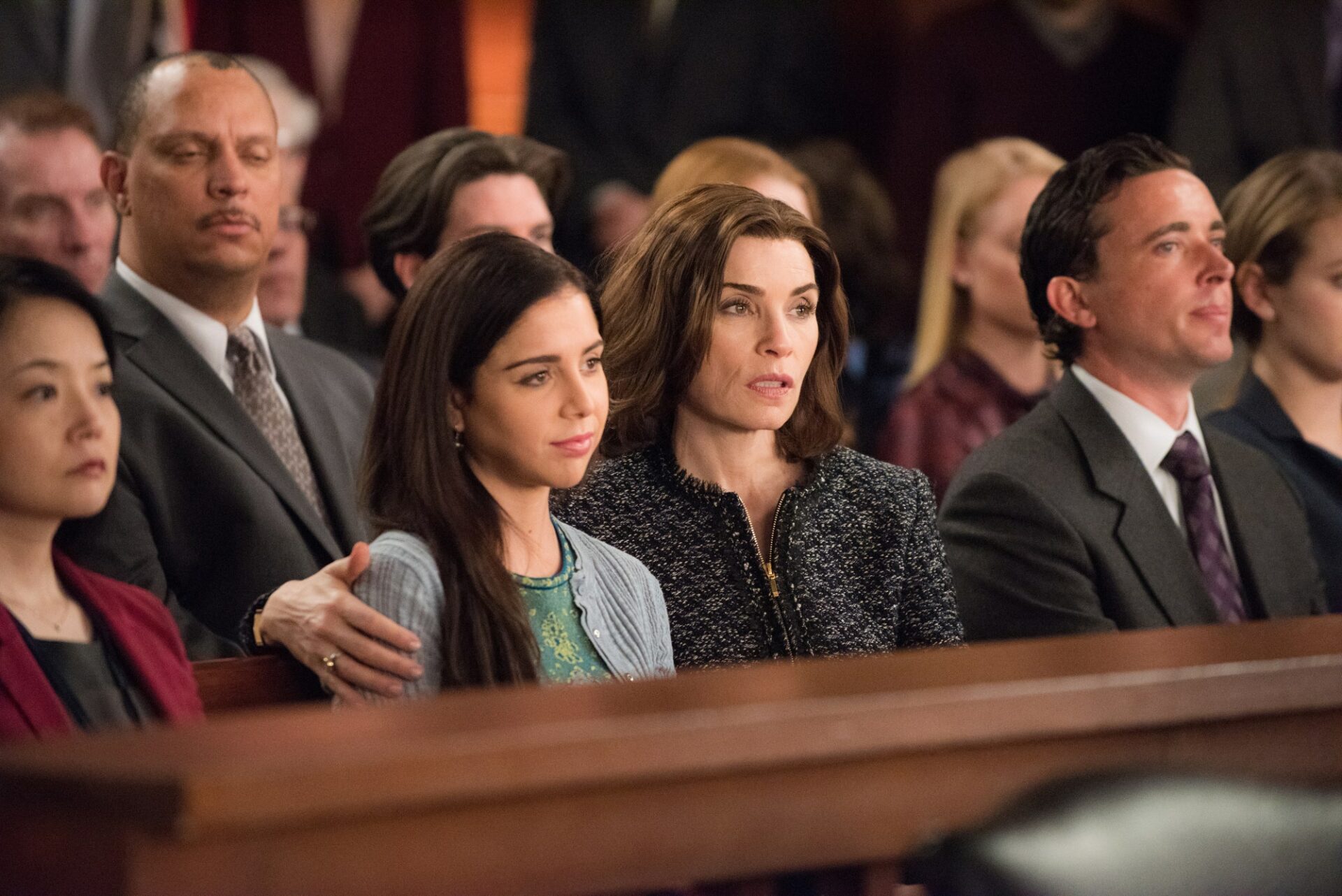
The Good Wife
In the fourteenth century a source known to us as The Goodman of Paris recorded what was expected of the good wife among the well-to-do burgher class:
-
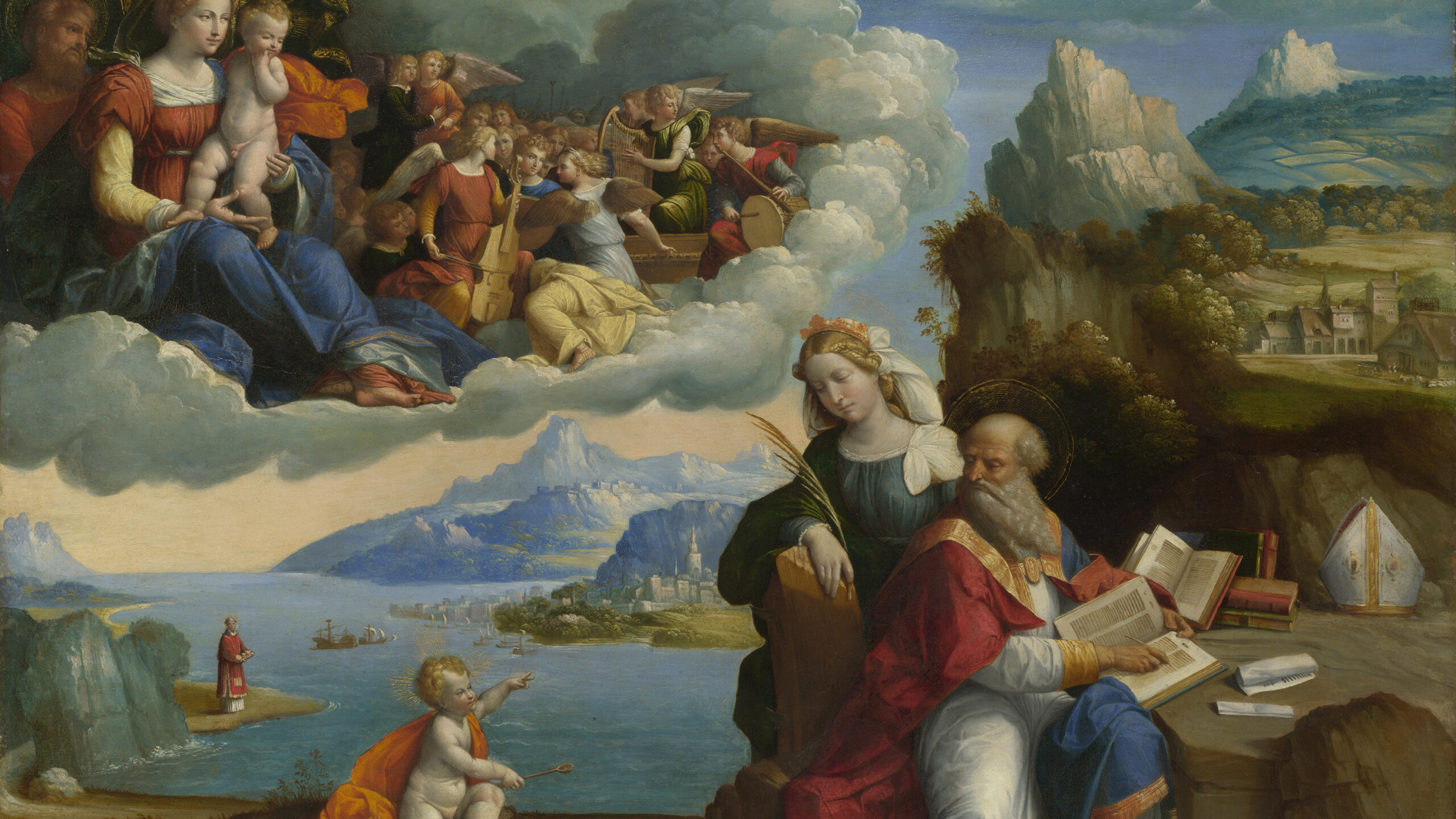
Theories of the Papal Monarchy | Church and Society in the Medieval West
These centuries saw a sustained effort to build what has often been called a papal monarchy, to develop a system of ecclesiastical (canon) law, and to think through an overarching theological system. They also saw the expansion and proliferation of the monasteries as new orders of monks came into being, often with reform as their…
-

The Church Universal | Church and Society in the Medieval West
The medieval church had many of the attributes of the modern state. Once baptized, everyone was subject to its laws, paid its taxes, and lived at its mercy. Yet while the rulers of the church often strove to create the machinery that would make this absolutism work, they never fully succeeded. The story of their…
-

The Medieval Church as Institution | Church and Society in the Medieval West
Down to 1500 society—both in western Europe and in Byzantium—was identical with the church. Everyone except the Jews belonged to the church. But the Jews were the only exception; any others who sought to leave the church or departed from its teachings were outside the law, and it was the duty of society to exterminate…
-
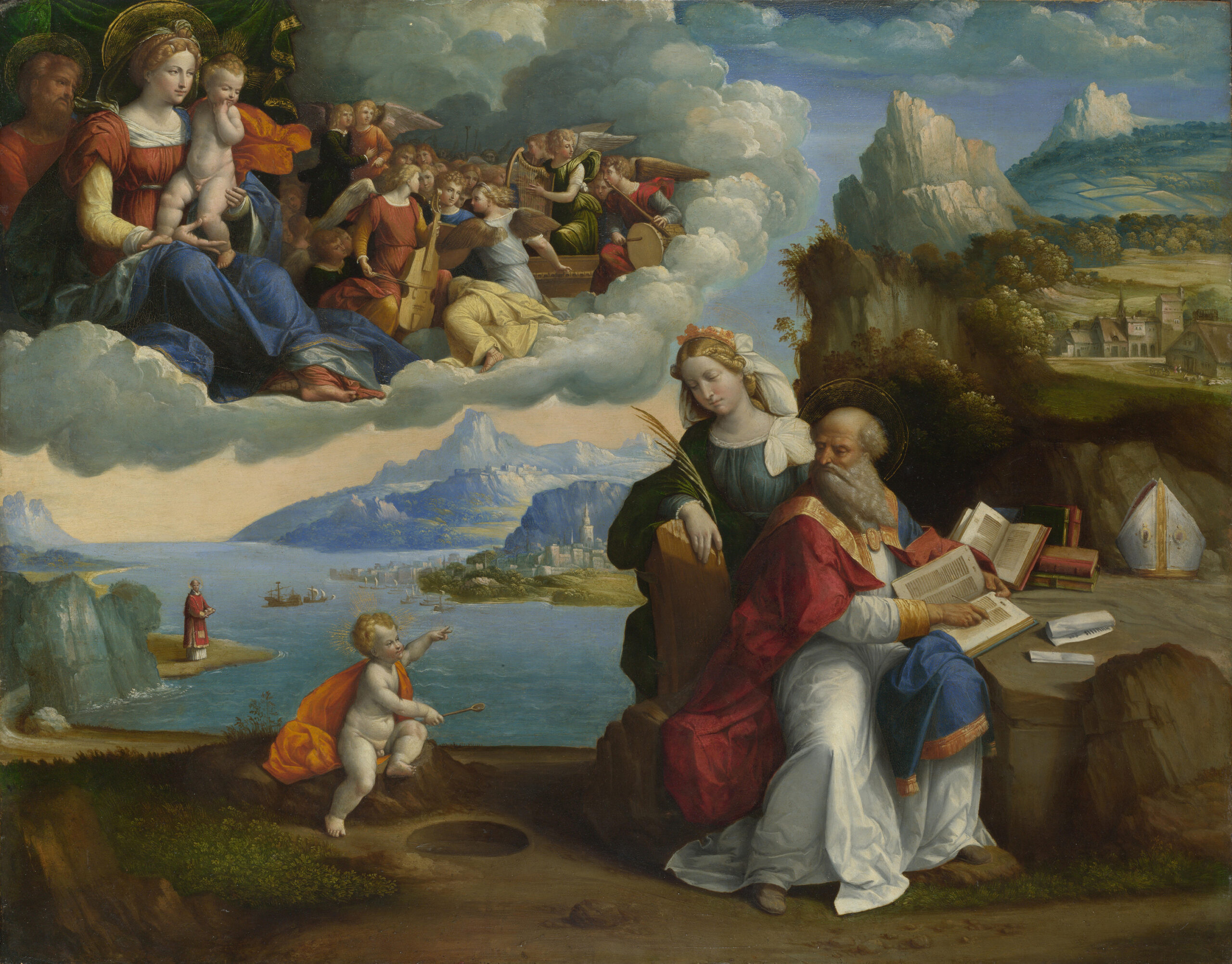
The Changing Status of Women | Church and Society in the Medieval West
Ideas of courtly love emphasized feminine nobility, while the cult of the Virgin Mary emphasized the role of the mother or glorified virginity. But the role of women was changing. The peasant’s wife worked as a partner to her husband in the fields, while the lady of the castle did not. The wife of the…
-

Women of the Gentle Class
Robert of Blois, a thirteenth-century poet, wrote of the correct behavior for women “of the gentle class”. En route to church or elsewhere, a lady must walk straight and not trot or run, or idle either. She must salute even the poor. She must let no one touch her on the breast except her husband.…
-
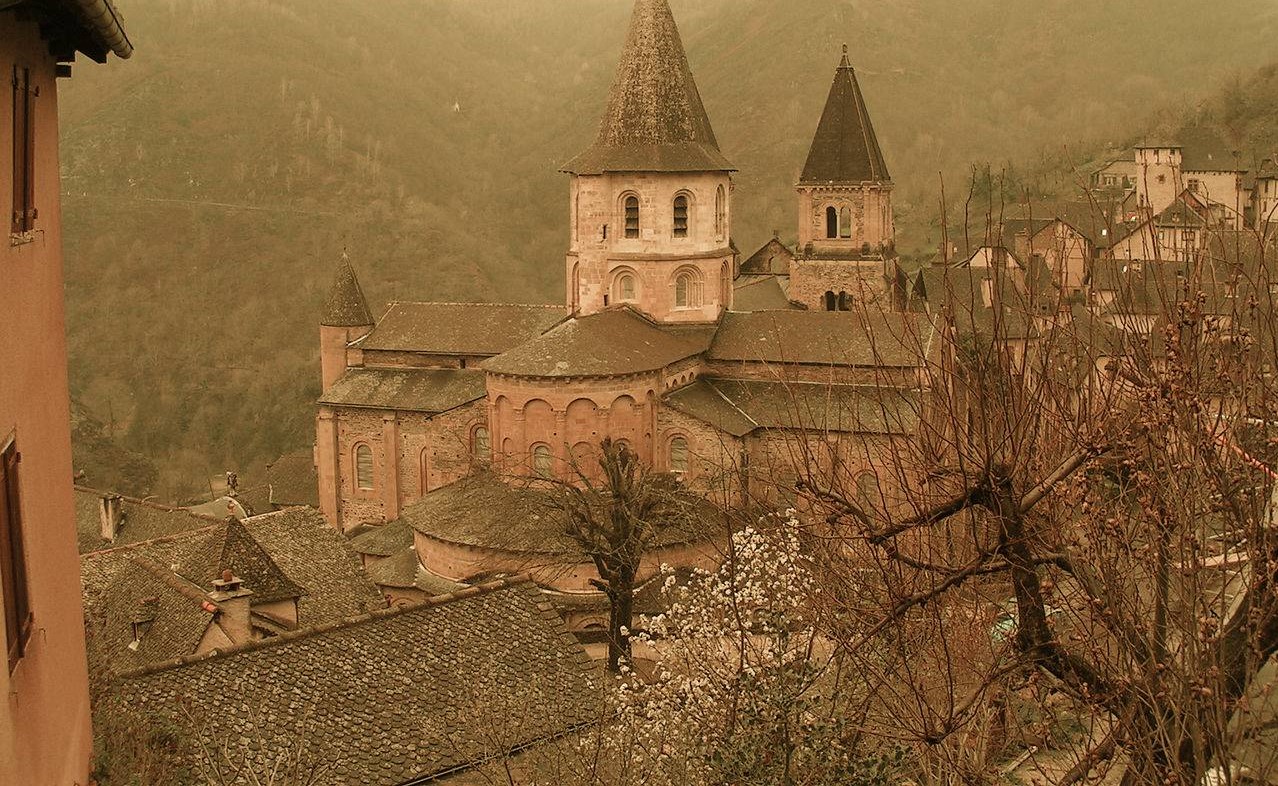
Town and Countryside | Church and Society in the Medieval West
In turn, the towns greatly affected the overwhelming mass of the population who remained in the countryside, who now had a place to sell their surplus and an incentive to produce it. Some peasants saved enough cash to buy their freedom. The very word cash suggests a most important development—the flourishing of a money economy…
-

Trade and Town | Church and Society in the Medieval West
Trade began slowly to revive during the eleventh century. A bad harvest year left medieval farmers helpless, and it seemed natural to bring surpluses into areas of famine and sell them at high prices to the hungry. The first new commercial centers arose in places such as Venice and the Low Countries. Even in the…
-
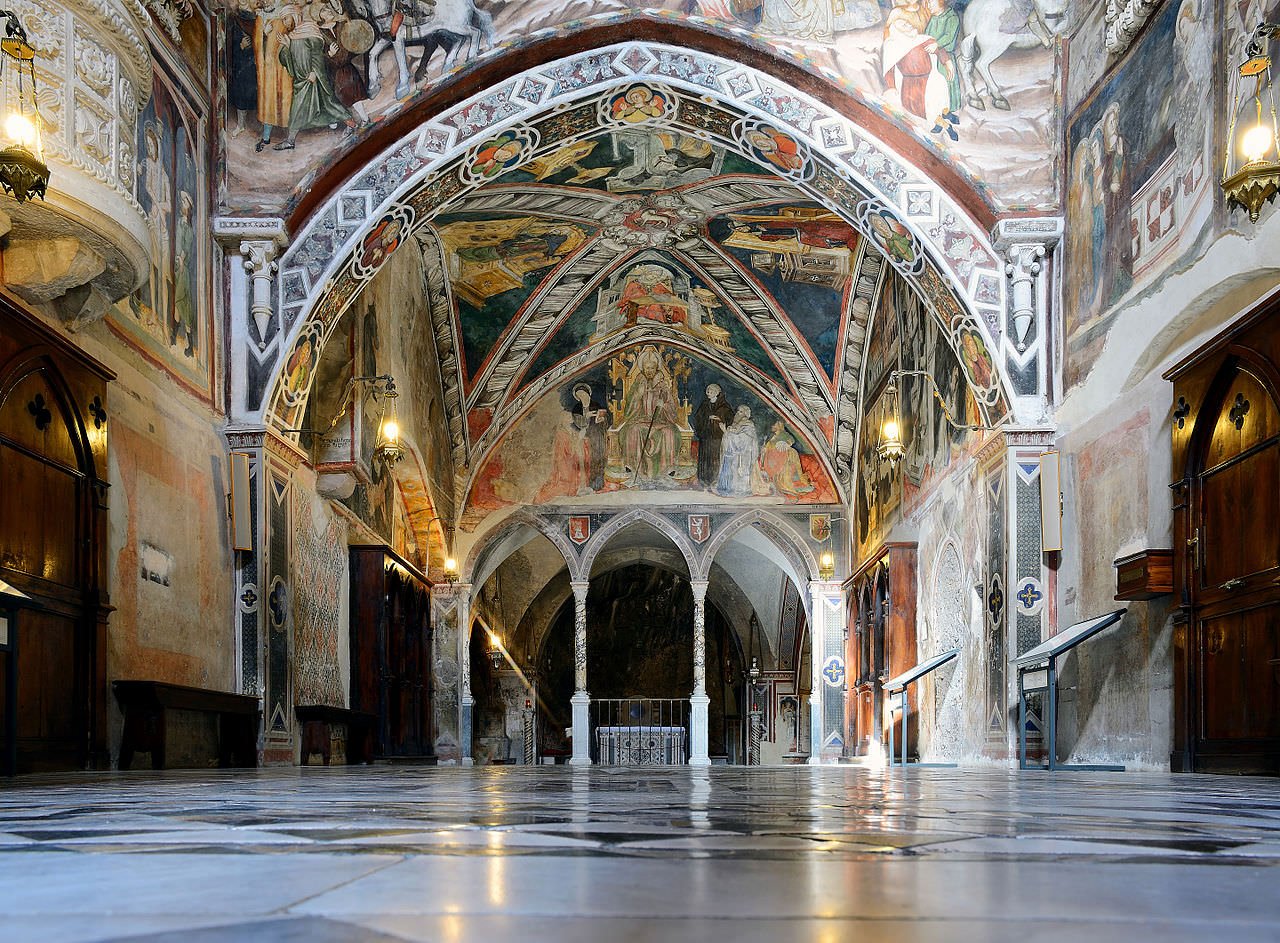
The Society and its Economy | Church and Society in the Medieval West
In Christian Europe at the beginning of the tenth century, society was made up of those who prayed (the clergy), those who fought (the nobility), and those who worked (everyone else). These three orders of society were a reflection of economic and social reality through the tenth century, but the idea of these three orders…
-
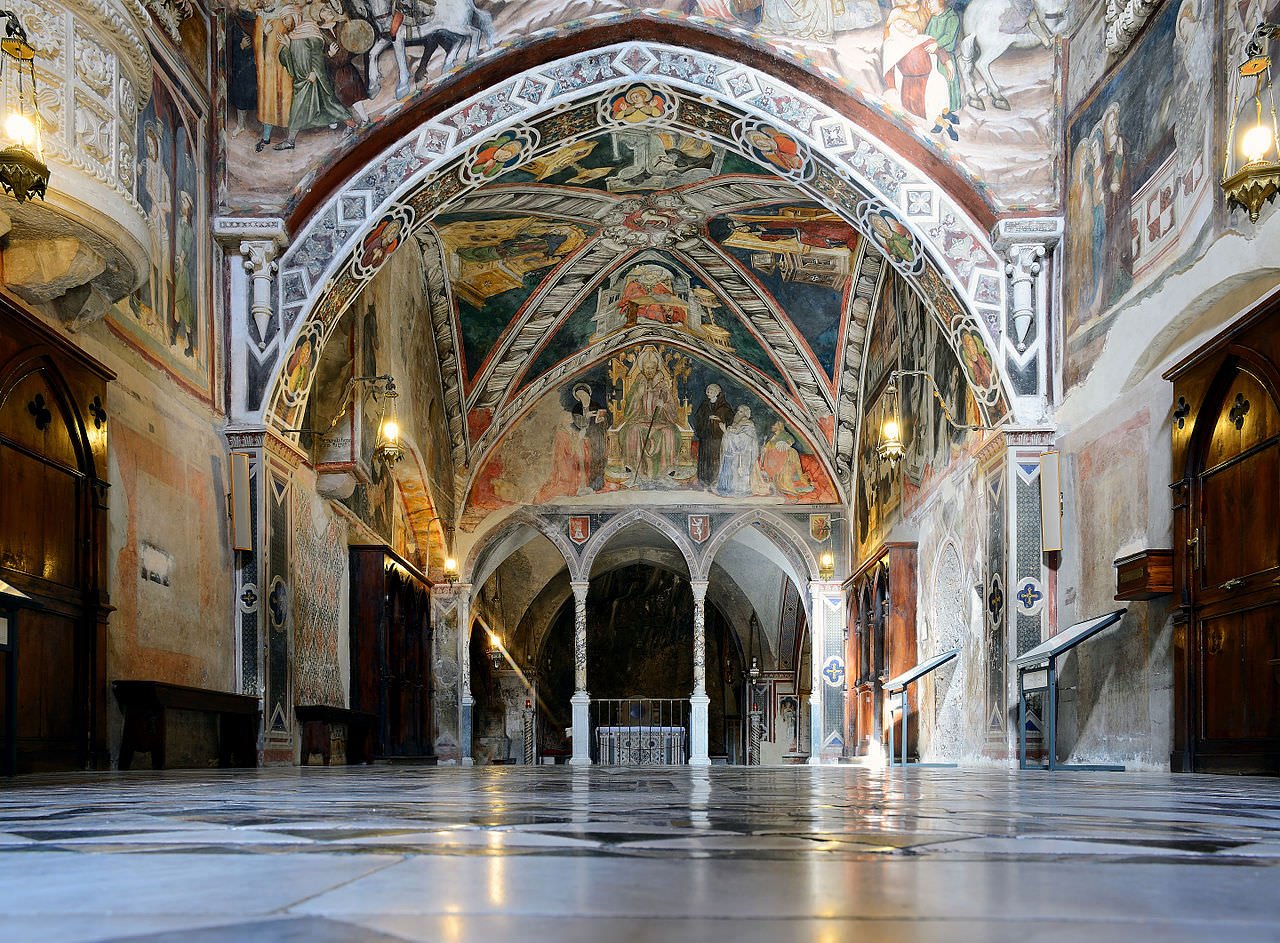
Church and Society in the Medieval West
Our knowledge of all periods of history is changing rapidly, though not equally so.
-

Summary | Byzantium and Islam
The Byzantine Empire survived in the East with its capital at Constantinople until 1453. The emperors were absolute rulers chosen in theory by God and were responsible for preserving the traditions of Roman justice. Byzantium was the buffer that cushioned Europe against frequent invasions from the north and east. The Byzantine armies and navies were…
-
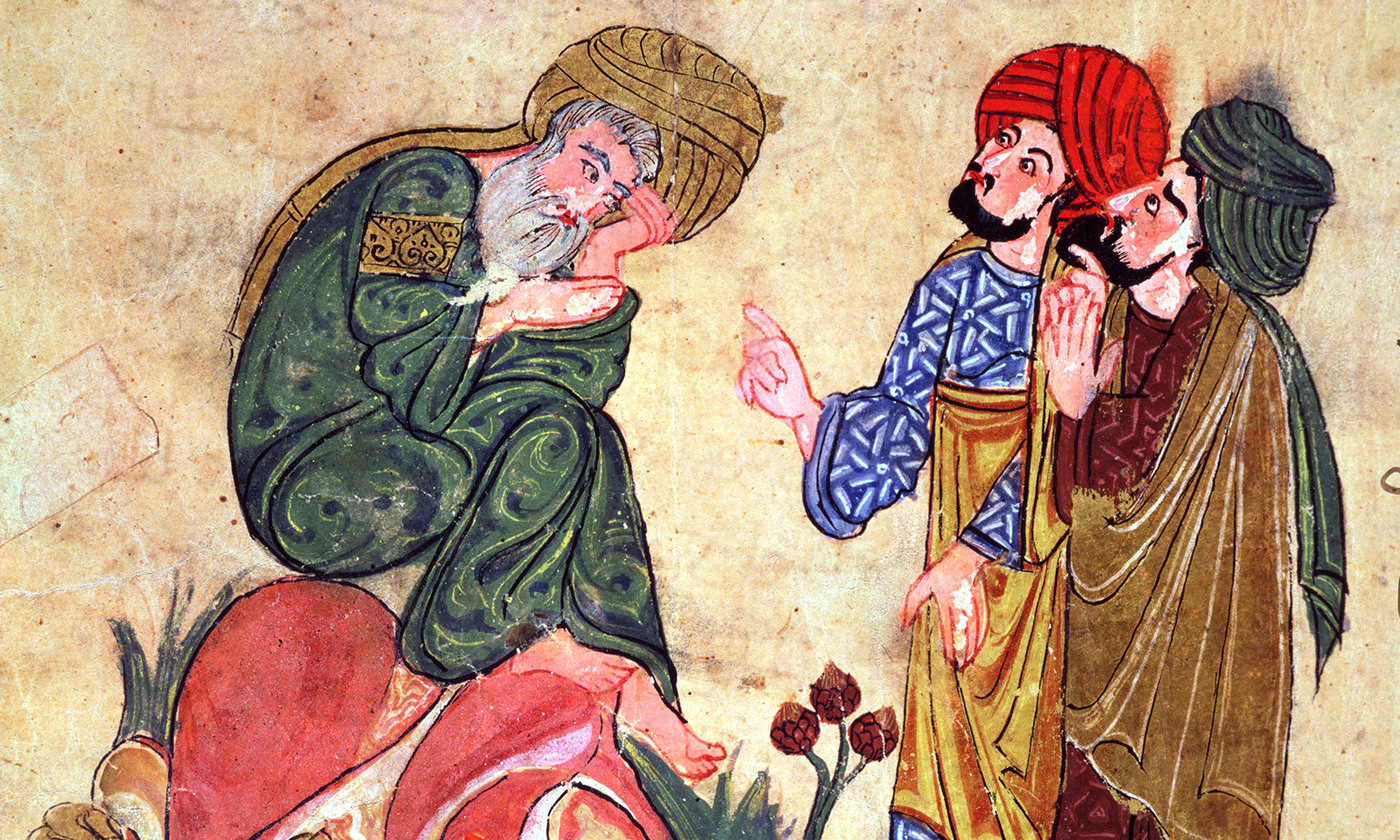
Arabic Philosophy, Literature, and the Arts | Byzantium and Islam
In philosophy, the Muslims eagerly studied Plato, Aristotle, and the Neoplatonists. Like the Byzantines and the western Europeans, they used what they learned to enable them to solve theological problems.
-
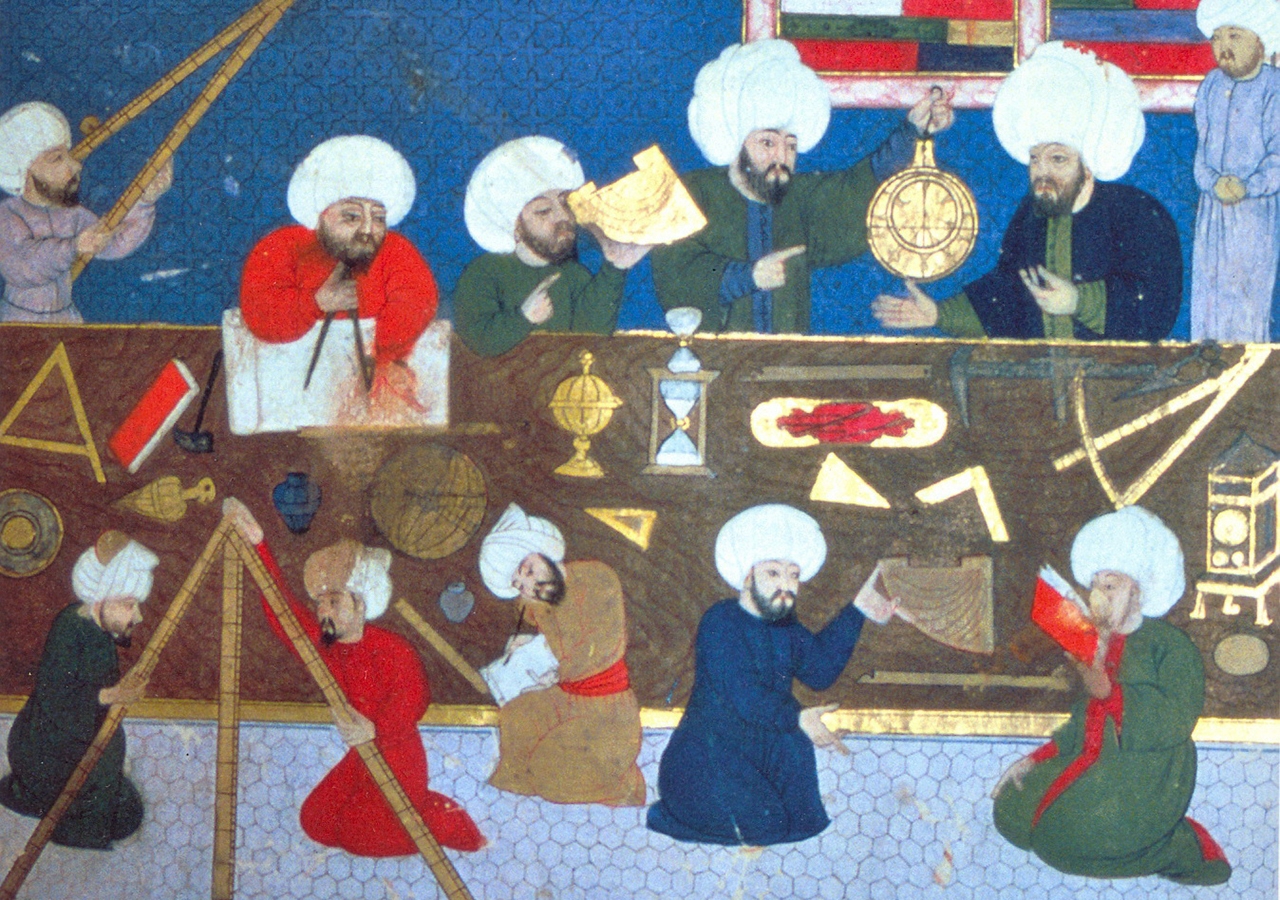
Islamic Science | Byzantium and Islam
The reign of Mamun the Great (r. 813-833) is often said to mark the high point in the development of Arabic science and letters. In Baghdad he built an observatory, founded a university, and ordered the great works of Greek and Indian scientists and philosophers translated into Arabic.
-
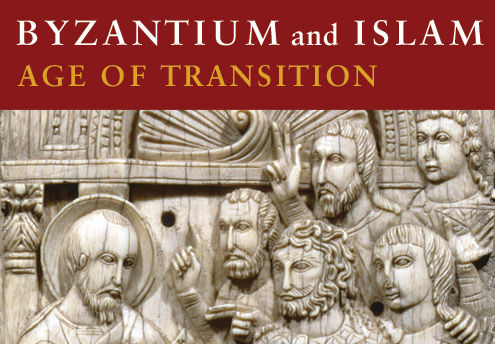
Islamic Civilization | Byzantium and Islam
The Arabs brought their new religion and their language to the peoples they conquered. The religion often stimulated new artistic and literary development, and by requiring a pilgrimage to Mecca, it fostered mobility among the Muslims and encouraged the exchange of ideas with fellow Muslims from other parts of the Muslim world. Since Arabic had…
-
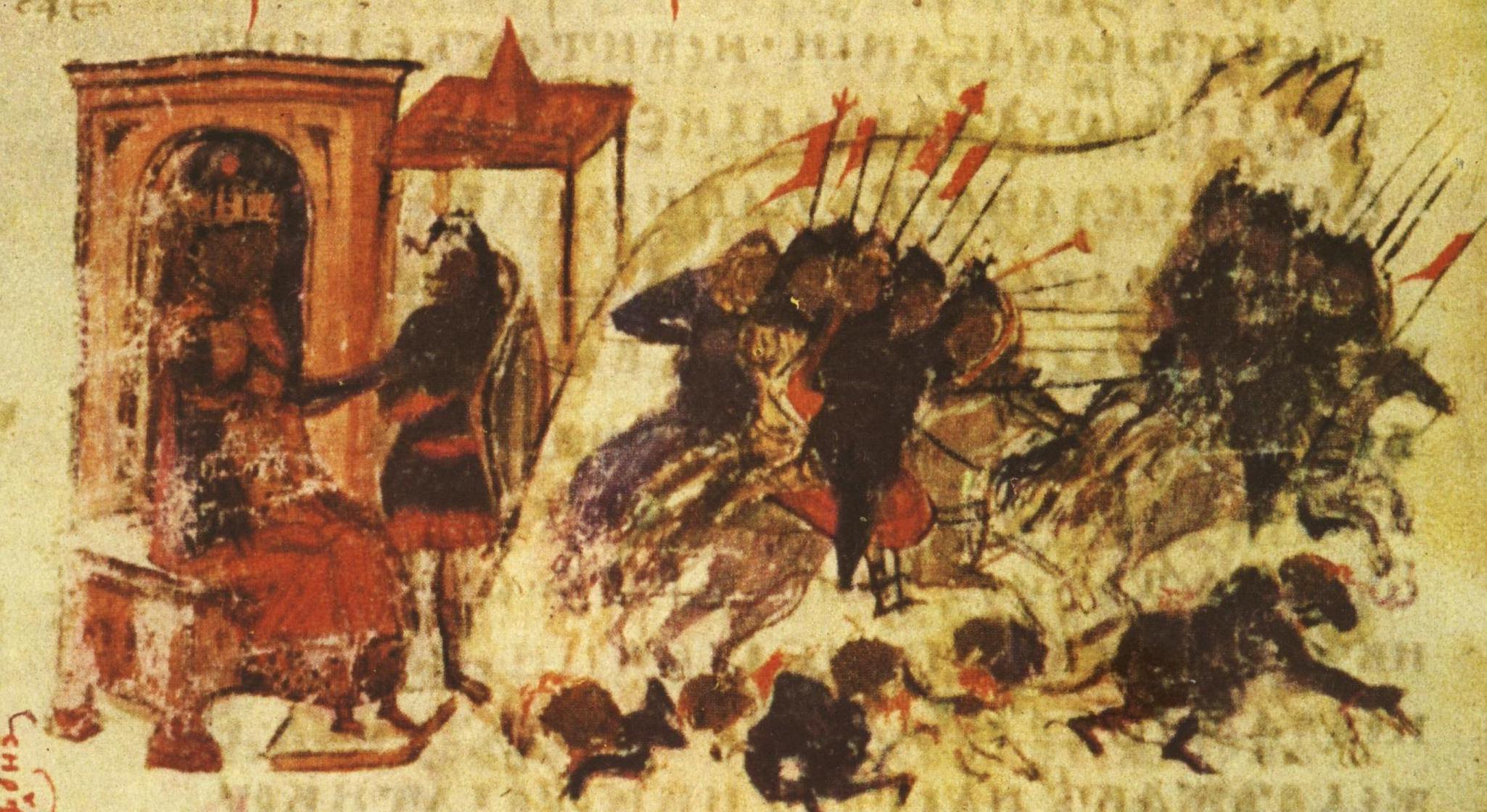
Disunity in Islam, 634-1055 | Byzantium and Islam
The Arabs had overrun a vast collection of diverse peoples with diverse customs. Moreover, internal dissensions among the Arabs themselves prevented the establishment of a permanent unified state to govern the whole of the conquered territory. After Muhammad’s death, there was disagreement over the succession. Finally, Muhammad’s eldest companion, Abu Bekr, was chosen khalifa (caliph,…
-
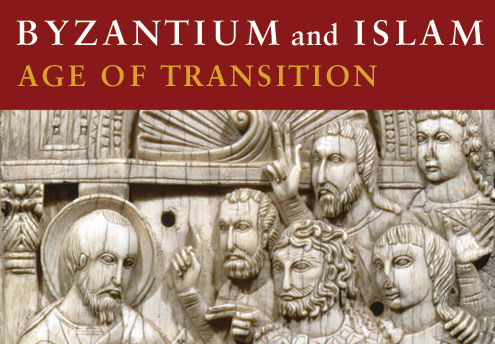
Expansion of Islam, 633-725 | Byzantium and Islam
Scholars used to believe that the startling expansion of Islam was due to the zeal of converts to the new faith. Now students of early Islam often argue that overpopulation of the Arabian peninsula set off the expansion. The first stages of the advance into lands already infiltrated by Arabs. The movement quickly gathered momentum;…
-

Muhammad, c. 570-632 | Byzantium and Islam
What we know of Muhammad is derived from Muslim authors who lived sometime after his death. The Arabia into which he was born about A.D. 570 was inhabited largely by nomadic tribes, each under its own chief. These nomads lived on the meat and milk of their animals and on dates from palm trees. They…
-
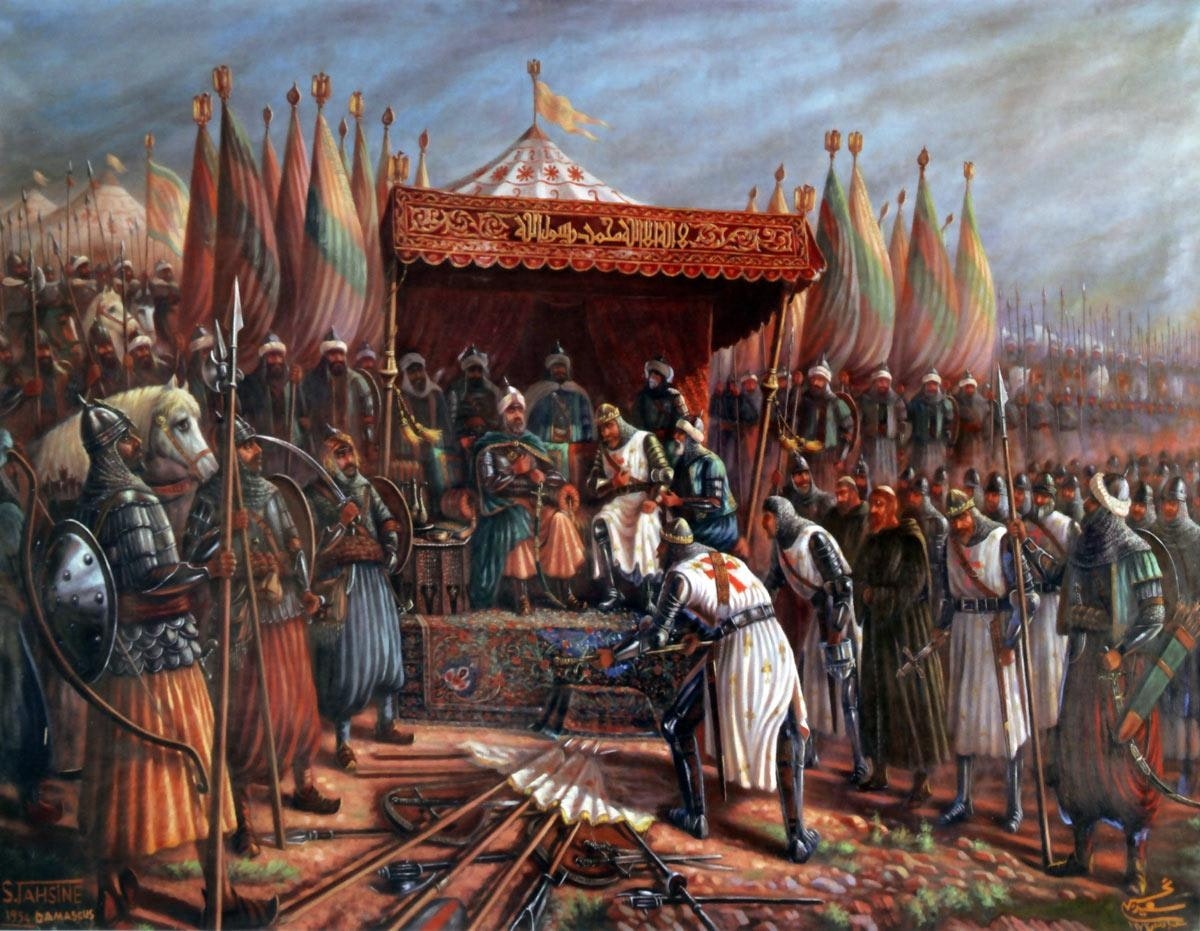
Islam Before the Crusades | Byzantium and Islam
Islam (the Arabic word means “submission to God”) is the most recent of the world’s great religions. Its adherents (Muslims, “those who submit” to God) today inhabit the entire North African coast, much of central and west Africa, part of Yugoslavia, and Albania, Egypt, Turkey, the entire Near and Middle East, Pakistan, parts of India,…
-
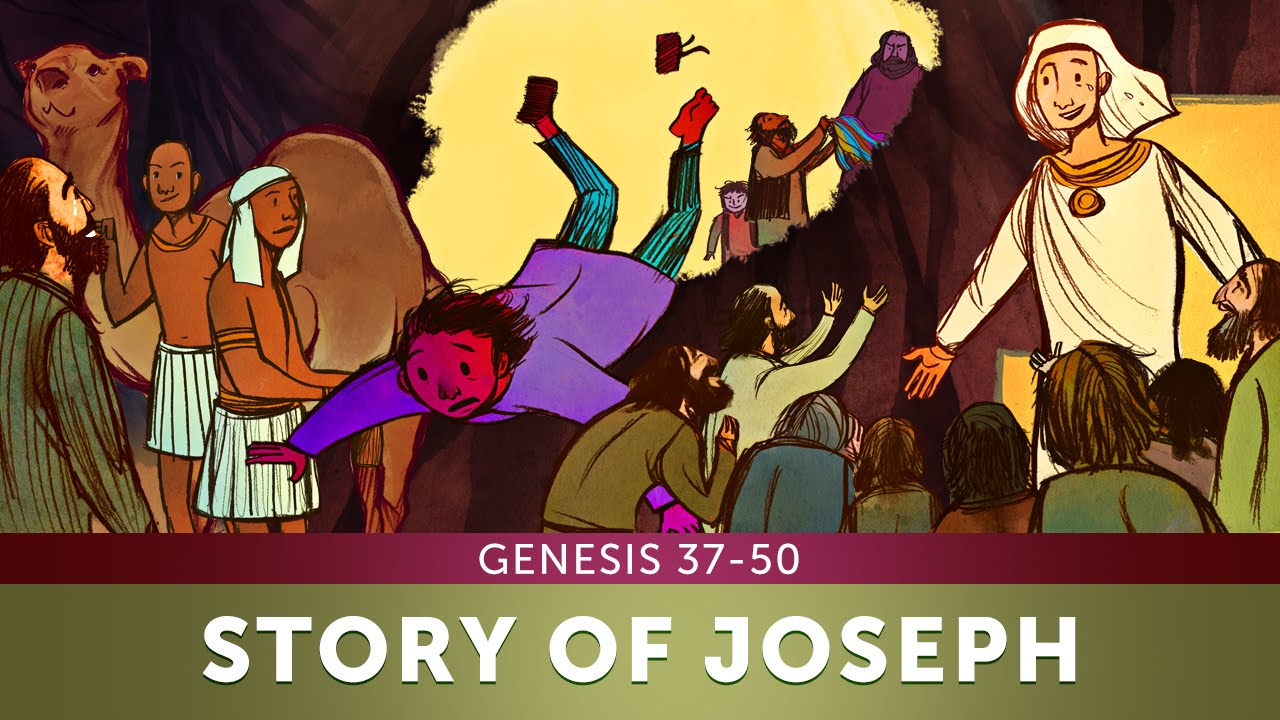
The Story of Ioasaph
Unique among the stories of saints’ lives is an extraordinary document of the tenth century, a highly polished tale of an Indian king who shuts away his only son, Ioasaph, in a remote palace to protect him from the knowledge of the world, and especially to prevent his being converted to Christianity. But the prince…
-
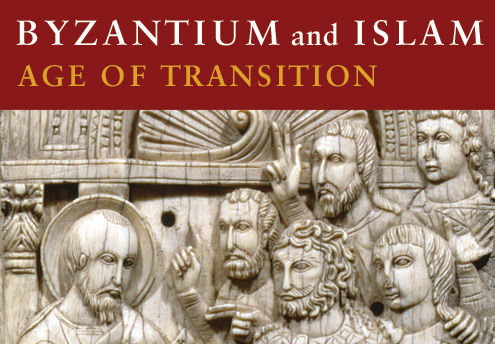
The Arts | Byzantium and Islam
The Church of Hagia Sophia (Holy Wisdom) in Constantinople, built in the sixth century, was designed to be “a church the like of which has never been seen since Adam nor ever will be.” The dome, says a contemporary, “seems rather to hang by a golden chain from heaven than to be supported by solid…
-
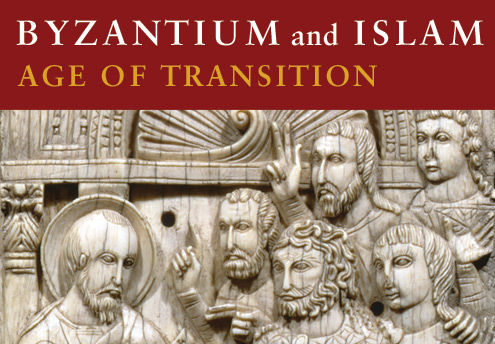
Byzantine Learning and Literature | Byzantium and Islam
Byzantine achievement was varied, distinguished, and of major importance to the West. Byzantine literature may suffer by comparison with the classics, but the appropriate society with which to compare medieval Byzantium is the Europe of the Middle Ages. Both were Christian and both the direct heirs of Rome and Greece. The Byzantines maintained learning on…
-
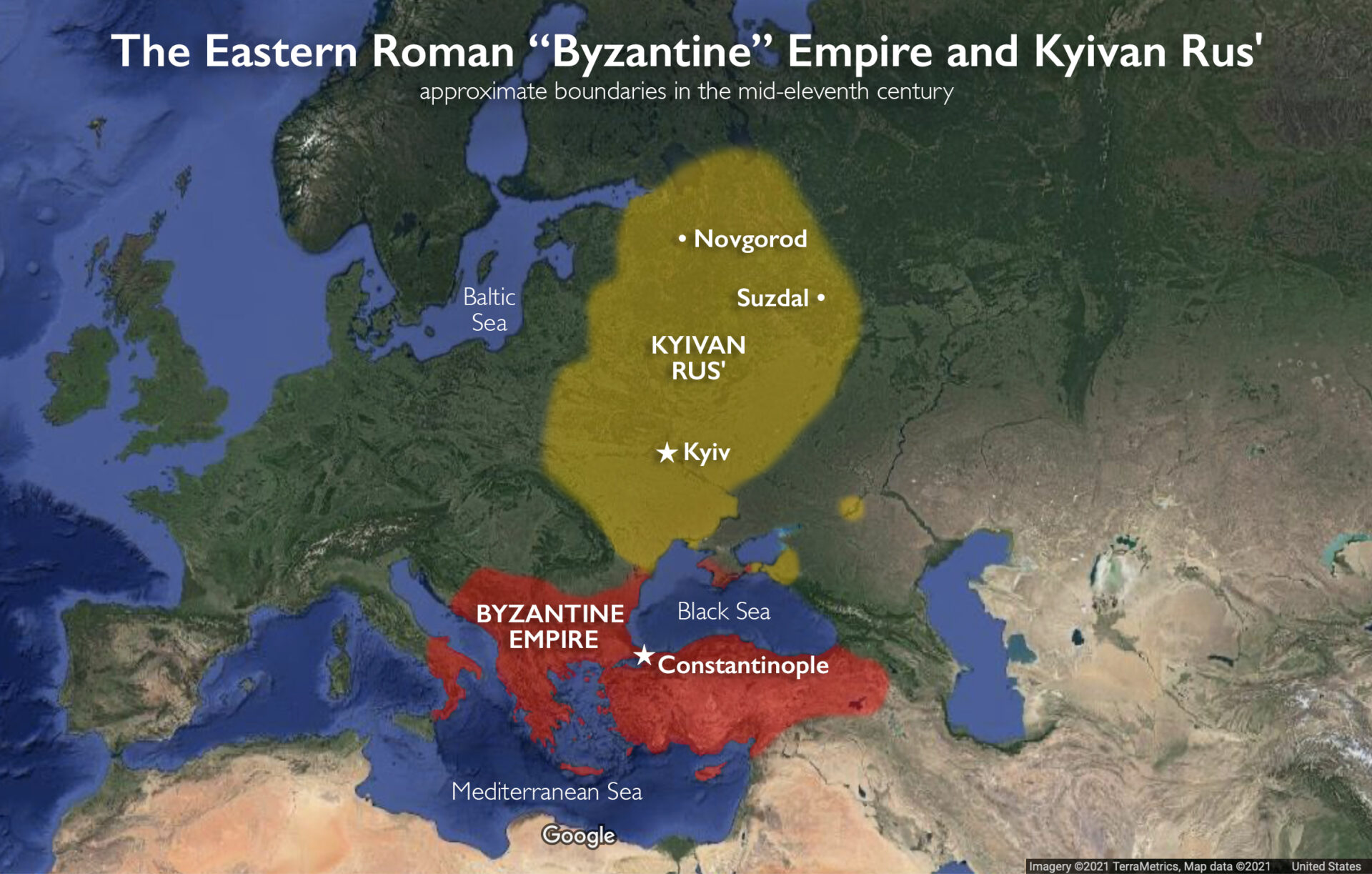
Kievan Russia | Byzantium and Islam
Scholars have disputed whether agriculture or commerce was economically more important in Kievan Russia; the answer appears to be commerce. In trade, with Byzantium in particular, the Russians sold mostly furs, honey, and wax—products not of agriculture but of hunting and beekeeping. Since the Byzantines paid in cash, Kiev had much more of a money…
-
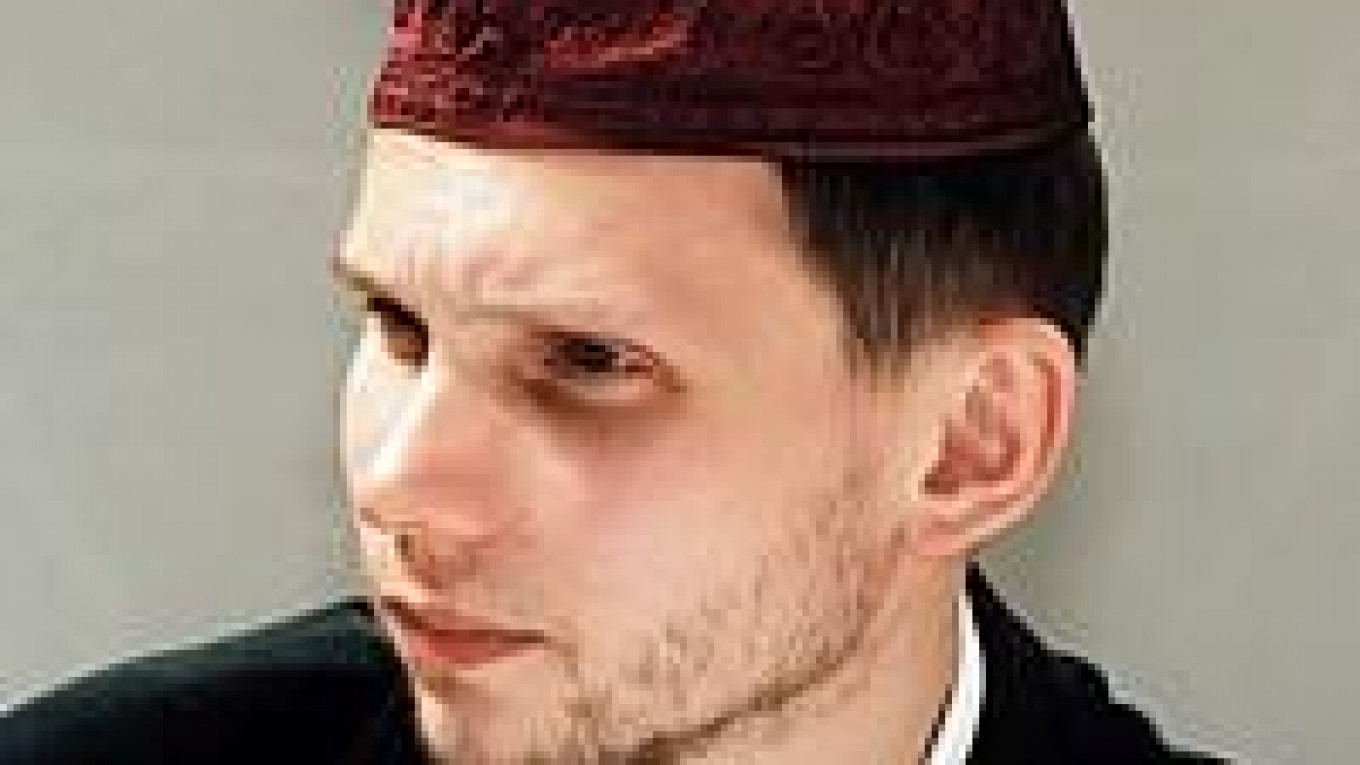
Conversion of the Russians | Byzantium and Islam
Beginning in the eighth century, the Scandinavians expanded into Russia. First taking control of the Baltic shore, they moved south along the rivers to the Sea of Azov and the northern Caucasus. Their name was Rus, which has survived in the modern term Russian. Gradually they overcame many of the Slavic, Lithuanian, Finnish, and Magyar…
-

Conversion of the Bulgarians | Byzantium and Islam
The first Slavic people to fall under Byzantine influence were the Bulgarians. From the time these barbarians crossed the Danube in the late seventh century, they engaged in intermittent warfare against the Byzantine Empire. At the same time, a Slavic people called the Moravians had established a state of their own. Their rulers associated Christianity…
-
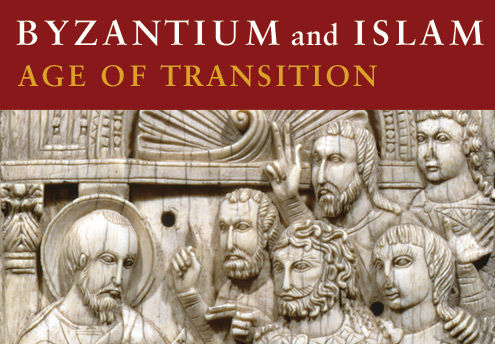
Byzantium and the Slavs | Byzantium and Islam
Perhaps the major Byzantine cultural achievement was the transmission of their civilization to the Slays. Much as Rome Christianized large groups of “barbarians” in western Europe, so Constantinople, the new Rome, Christianized in eastern Europe.
-

Basil I through the "Time of Troubles," 867-1081 | Byzantium and Islam
Although intrigue and the violent overthrow of sovereigns remained a feature of Byzantine politics, the people developed a deep loyalty to the new ruling house that was established in 867 by the Armenian Basil I (r. 867-886) and called the Macedonian dynasty because of his birth there. As political disintegration began to weaken the opposing…
-
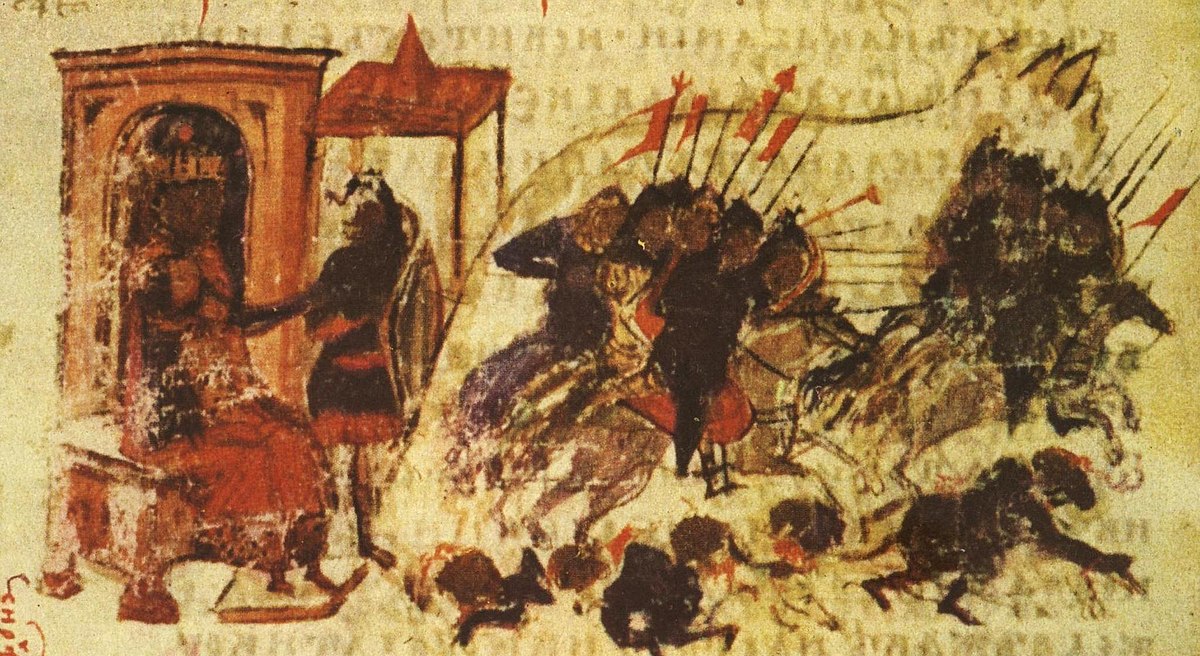
Leo III to Basil I, 717-867 | Byzantium and Islam
In 717-718 Leo III, who had come to the throne as a successful general, defeated the Arabs who were besieging Constantinople. Thereafter the Byzantine struggle against the Muslims gradually became stabilized along a fixed frontier in Asia Minor.
-
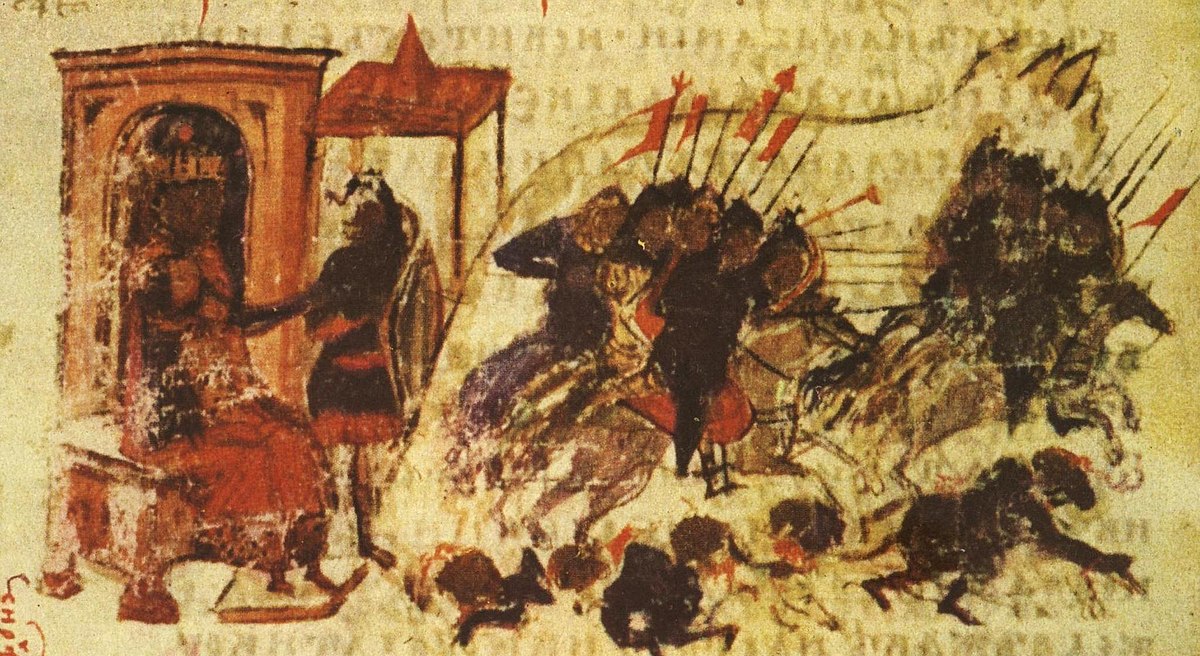
Constantine to Leo III, 330-717 | Byzantium and Islam
The emperors immediately following Constantine were Arians until Theodosius I (r. 379-395), who in 381 proclaimed orthodox Nicene Athanasian Christianity to be the sole permitted state religion. All those who did not accept the Nicene Creed were to be driven from the cities of the Empire. The Empire, East and West, was united under Theodosius,…
-
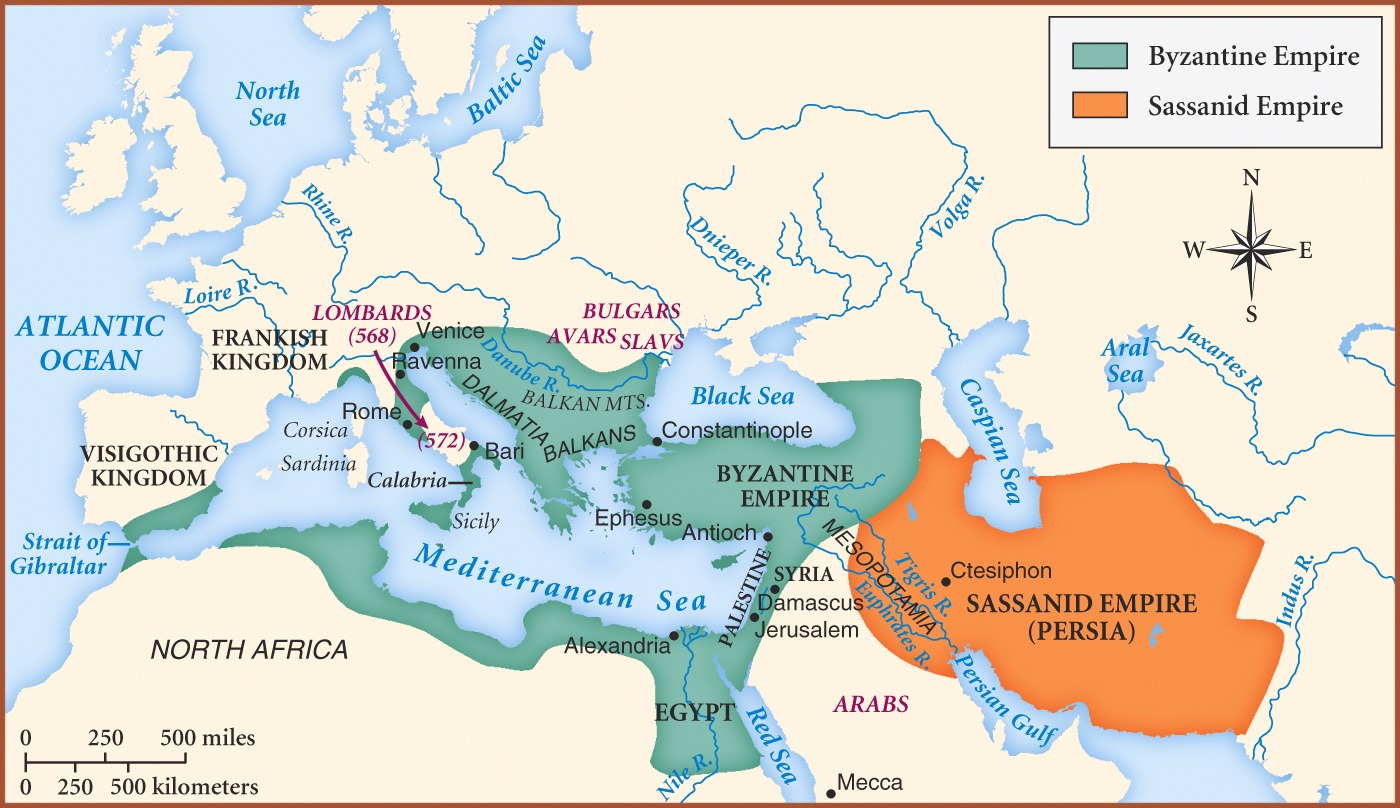
The Fortunes of Empire, 330-1081 | Byzantium and Islam
Despite their efforts, the emperors at Constantinople could not reconquer the West and thus reconstitute the Roman Empire of Augustus. Indeed, theological controversy, reflecting internal political strain, and combined with Persian and Arab aggression, cost the Empire Syria and Egypt. The internal structure was modified to meet the new situation.
-

Quarrels and Schism with the West, 1054 | Byzantium and Islam
A difference in the wording of the liturgy, it is sometimes argued, caused the schism, or split between the Eastern and Western churches in 1054. The Greek creed states that the Holy Ghost “proceeds” from the Father; the Latin adds the word filoque, meaning “and from the son.” But this and other differences might never…
-

Contrast with the West | Byzantium and Islam
Yet much of this was also true in the medieval West. The real contrast is most apparent when we compare the relationship between church and state in the West with that in the East. In the West, the departure of the emperors from Rome permitted local bishops to create a papal monarchy and challenge kings…
-
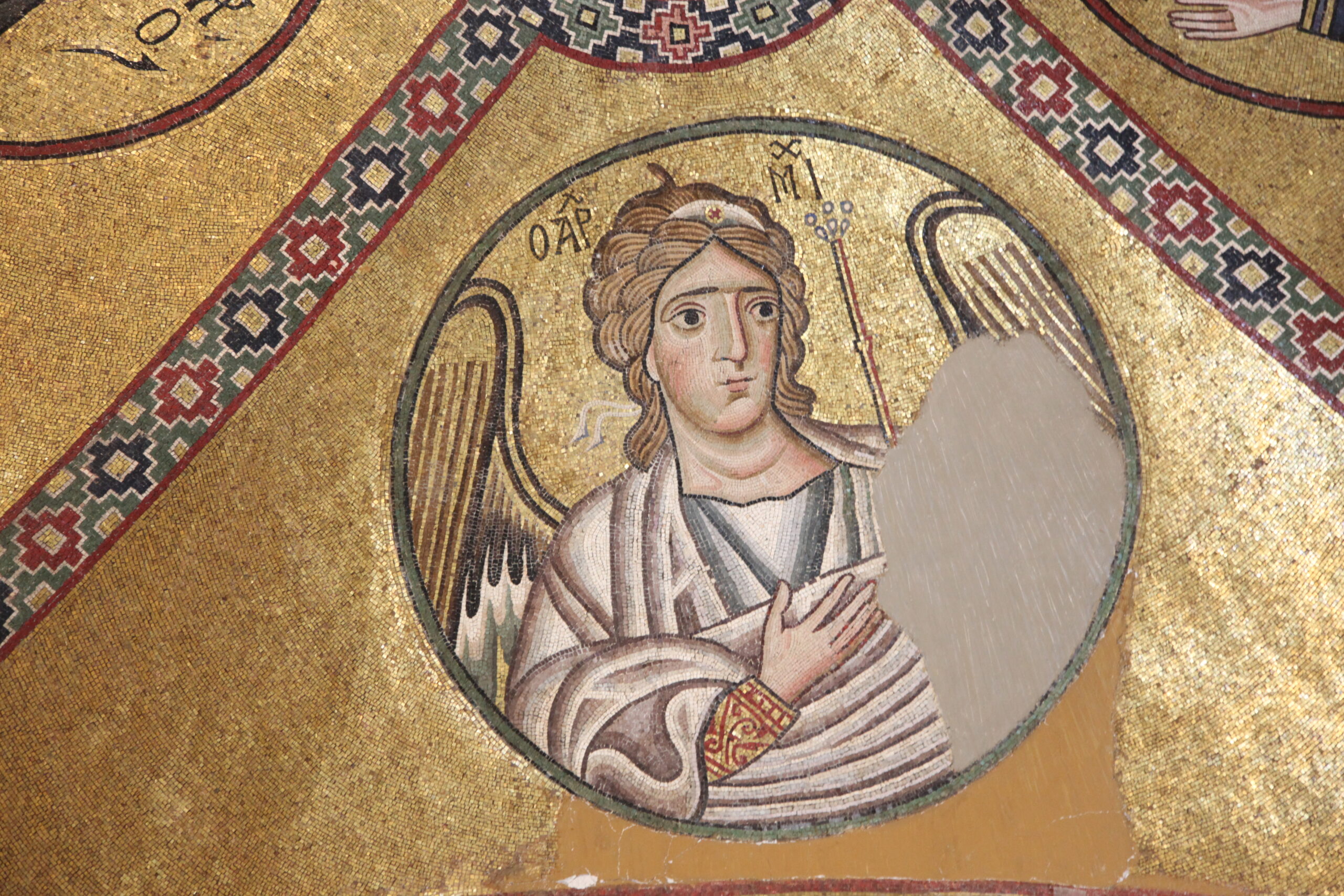
Byzantine Christianity and Relations with the West | Byzantium and Islam
Religion governed Byzantine life from birth to death. The church governed marriage and family relations and filled leisure time. Religion also dominated the arts and literature, economics and politics, and intellectual life.
-
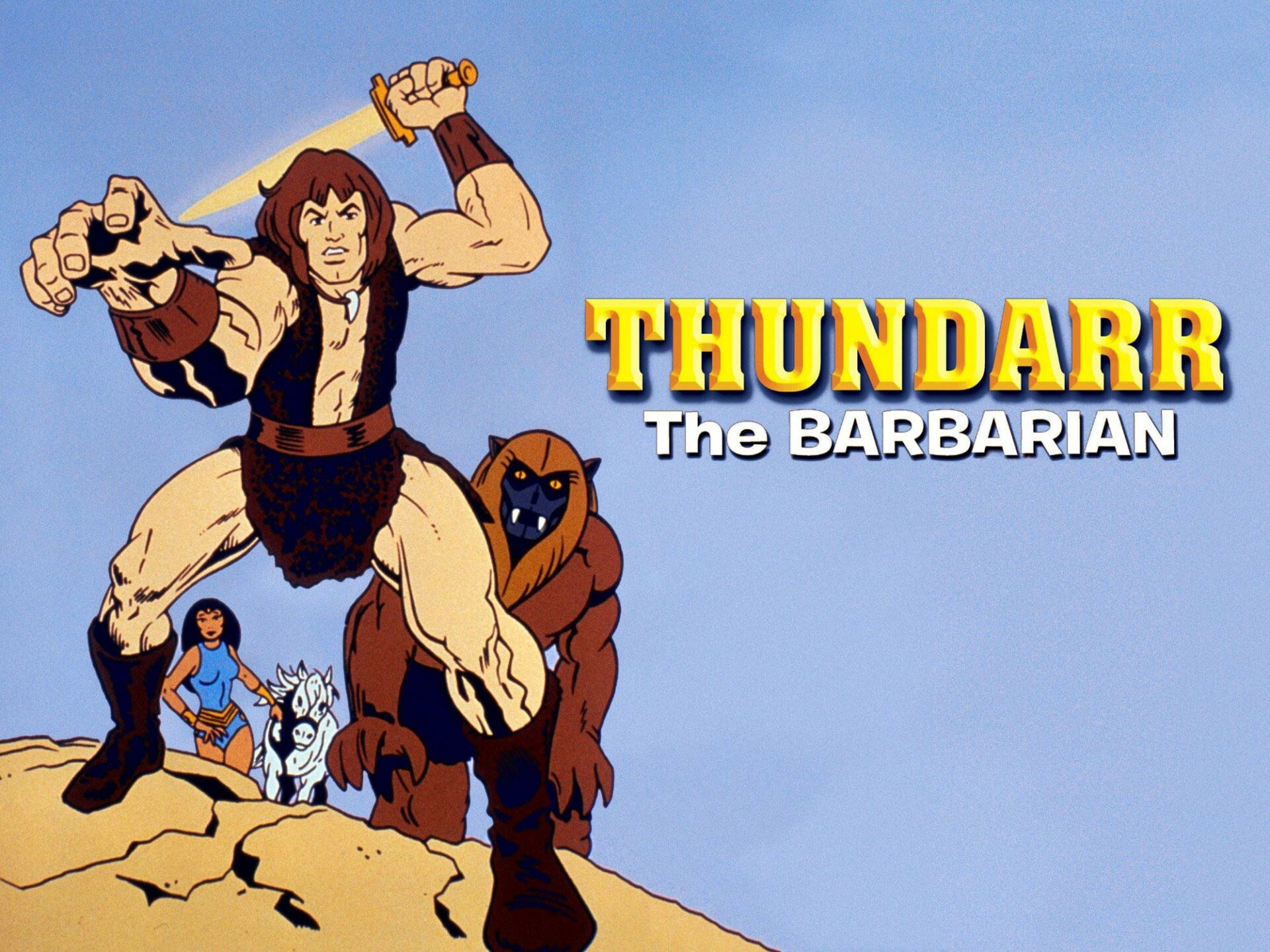
Dazzling the Barbarian
A solemn formal reception at the imperial court usually dazzled a foreign ruler or envoy, even a sophisticated Western bishop like Liudprand of Cremona (d. 972), ambassador of the king in Italy, who has left us his account from the year 948:
-
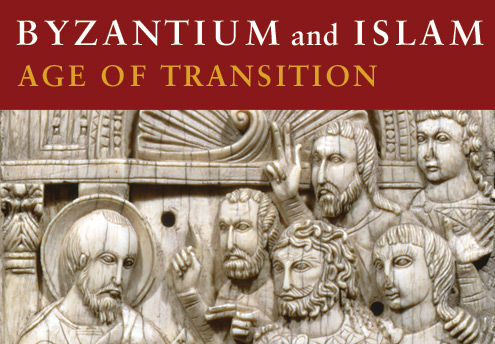
The Economy | Byzantium and Islam
Byzantium was a great center of trade, to which vessels came from every quarter of the compass. From the countries around the Black Sea came furs and hides, grain, salt, wine, and slaves from the Caucasus. From India, Ceylon, Syria, and Arabia came spices, precious stones, and silk; from Africa, slaves and ivory; from the…
-
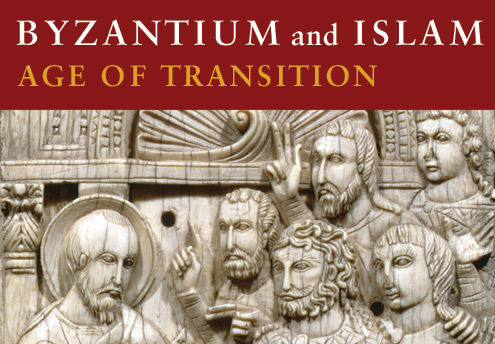
Diplomacy | Byzantium and Islam
The Byzantines, however, preferred negotiating to fighting, and they brought diplomacy to a high level. The subtlety of the instructions given their envoys has made “Byzantine” a lasting word for complexity and intrigue. First Persia and then to some extent the Muslim caliphate were the only states whose rulers the Byzantine emperors regarded as equals.…
-
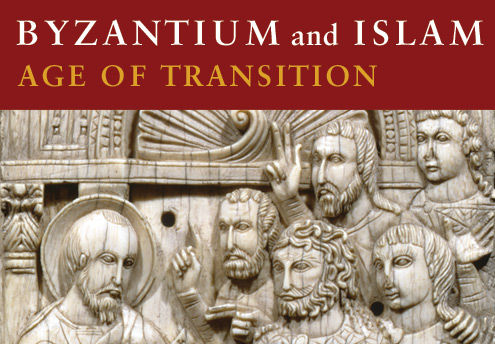
War | Byzantium and Islam
As defenders of the faith against hostile invaders, the Byzantine emperors fought one war after another for eleven hundred years. Sometimes the invaders were moving north and west from Asia: Persians in the seventh century; Arabs from the seventh century on; and Turks beginning in the eleventh century. Byzantium thus absorbed the heaviest shock of…
-
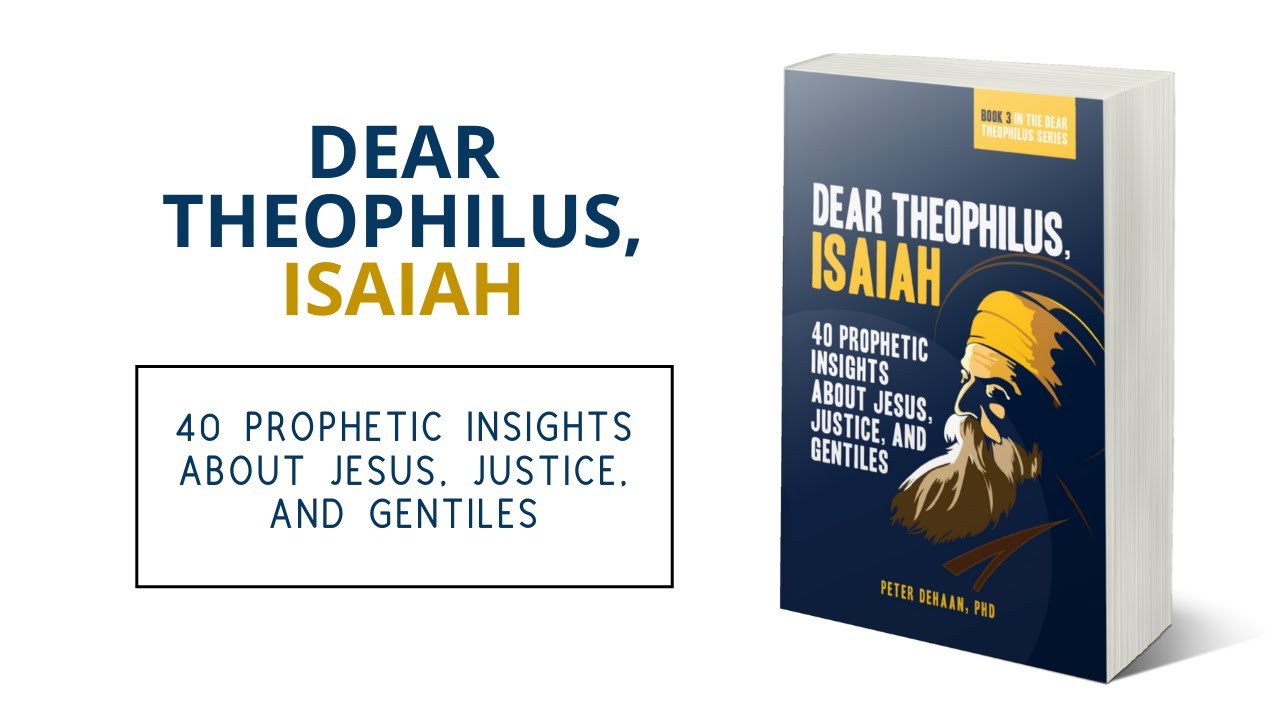
Theophilus on Justice
The emperor Theophilus (r. 829-842) appeared every week on horseback at a given church and handed down judgments so fair and equitable that they have passed into legend:
-
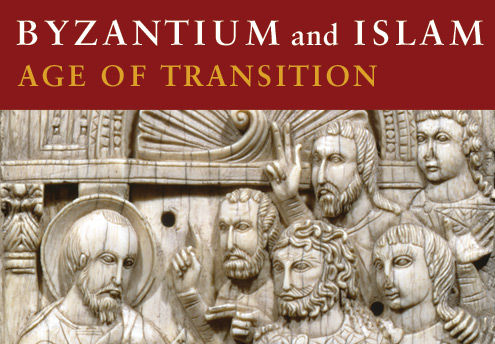
The Law | Byzantium and Islam
As the direct agent of God, the emperor was responsible for preserving the tradition of Roman law. Only the emperor could modify the laws already in effect or proclaim new ones. Thus he had on hand an immensely powerful instrument for preserving and enhancing power.
-
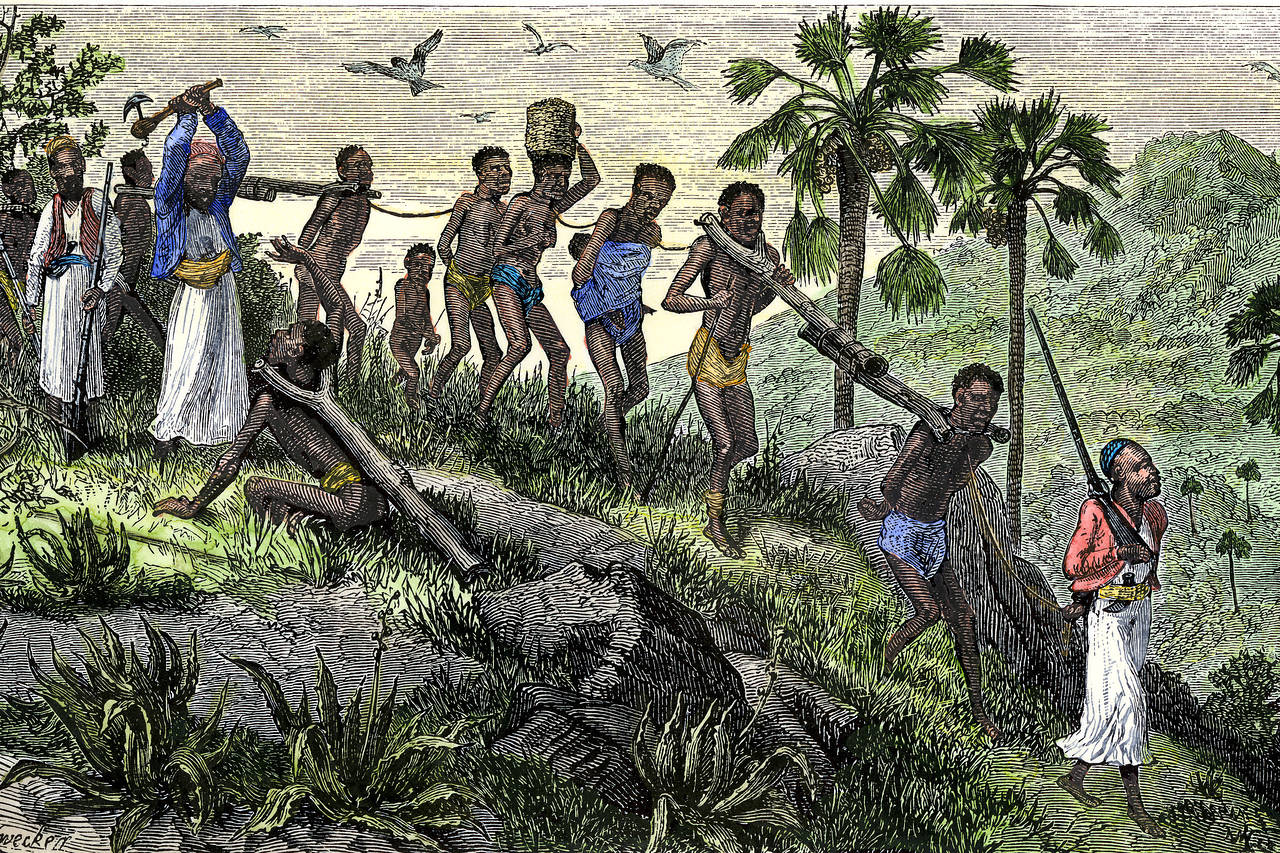
Slavery in the Early Middle Ages
A Christian prelate, Theodore, drafted a set of rules pertaining to male and female slaves in seventh-century England. The following is from the second penitential book—that is, a book on penances arising from the failure to adhere to discipline—of Theodore at Canterbury, section XIII: 1. If he is compelled by necessity, a father has the…
-
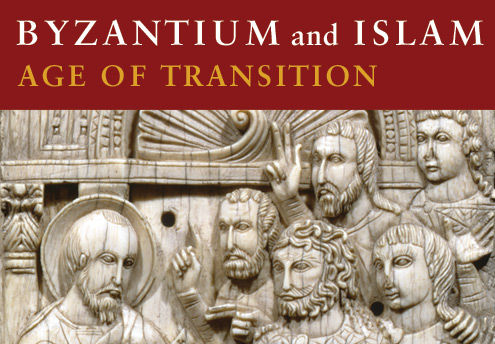
The Emperor | Byzantium and Islam
After Constantine, Byzantium called itself New Rome. Its emperors ruled in direct succession from Augustus. Yet many non-Roman elements became increasingly important in Byzantine society. A Roman of the time of Augustus would have been ill at ease in Byzantium. After Constantine had become a Christian, the emperor was no longer a god; but his…
-
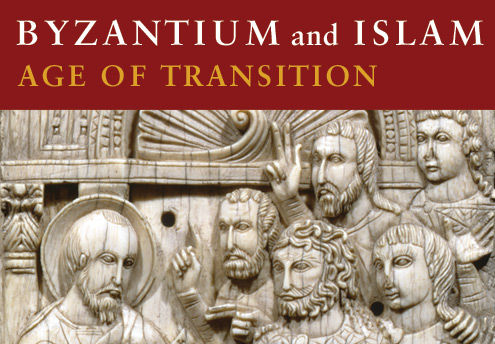
Byzantium and Islam
At the far southeastern corner of Europe, on a little tongue of land still defended by a long line of massive walls and towers, there stands a splendid city, Istanbul. After 330, when the first Christian Roman emperor Constantine the Great made it his capital, it was often called Constantinople, but it also retained its…
-
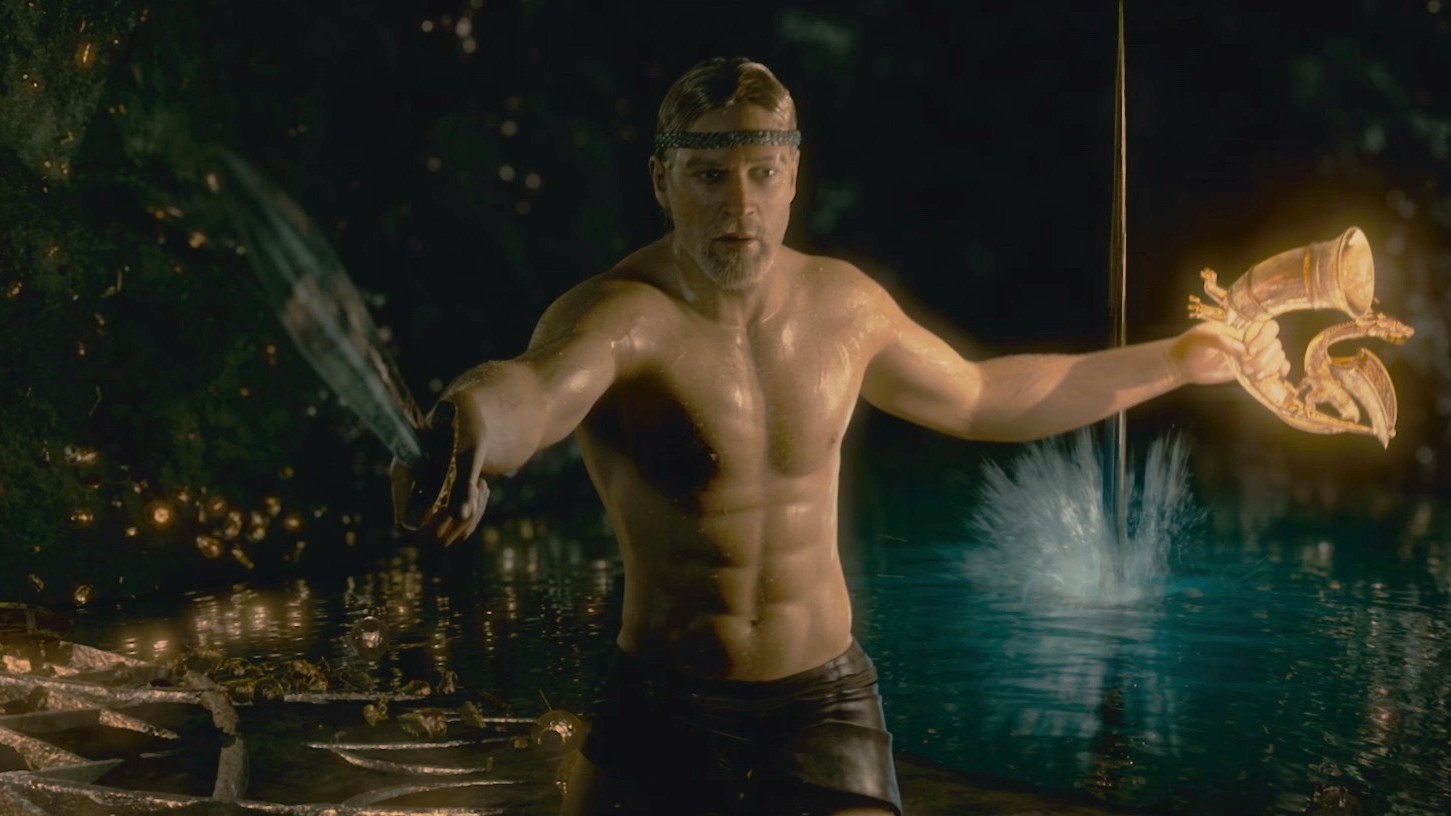
Beowulf
Beowulf begins in Denmark, where it tells of the founding of the Danish royal line and the building of a great hall by King Hrothgar. The hall is repeatedly raided by a savage monster, Grendel, who seizes and eats the Danish warriors as they lie asleep after dinner, until from over the sea in southern…
-

Summary | The Early Middle Ages in Western Europe
In the fifth century the structure of Roman government in the West collapsed under the pressure of invasion and migration by Germanic tribes. Much of the Roman heritage, however, was preserved by the church and the barbarians’ own reverence for Roman civilization. The Franks founded the most lasting political entity to arise from the ruins…
-
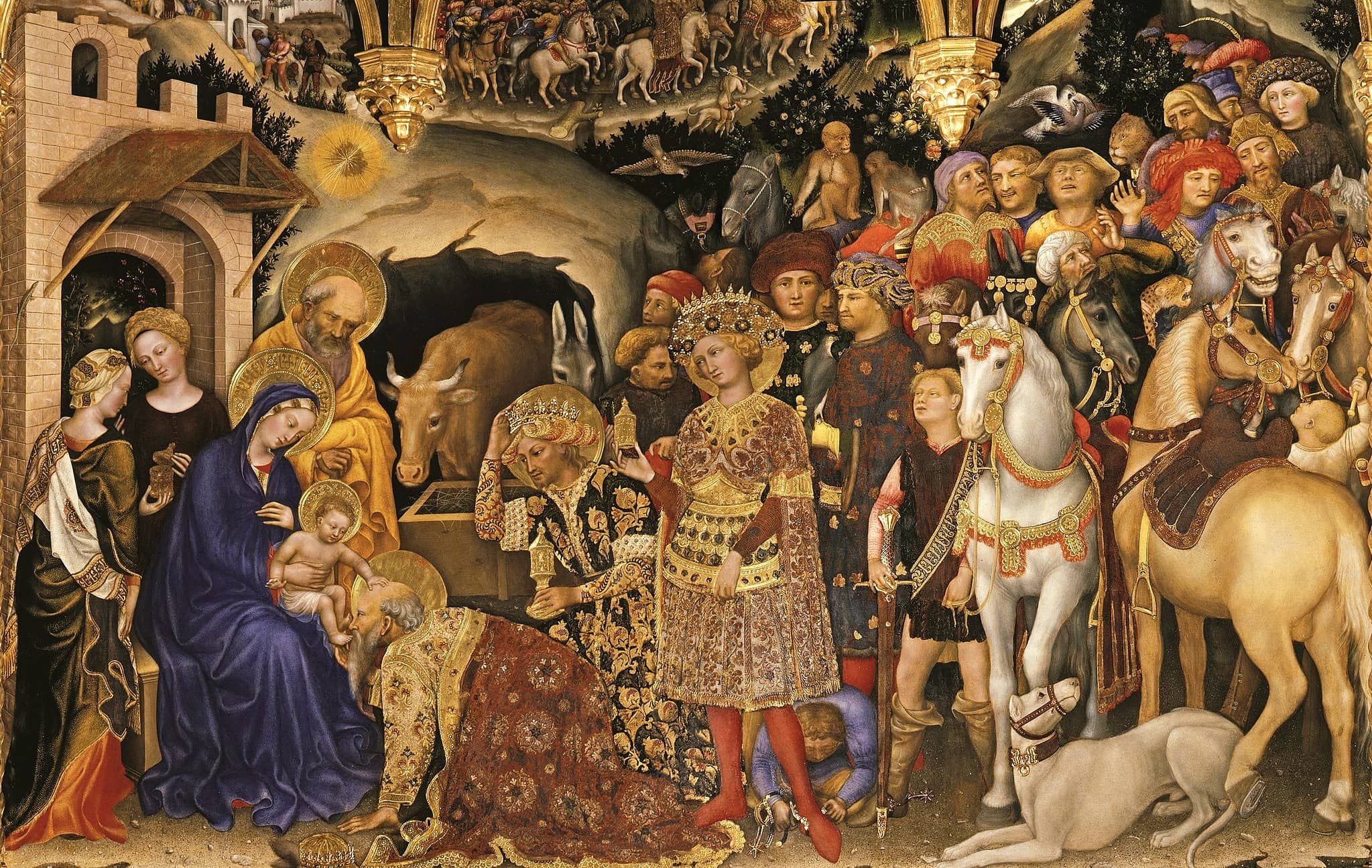
The Arts | The Early Middle Ages in Western Europe
Like literature, the arts also gradually moved away from the standardized Roman forms toward newer achievements that introduced as the barbarians merged their arts with of the lands they settled. The early great churches of important imperial cities as Milan or Trier were still secular structures taken over from the secular of the Romans, but…
-
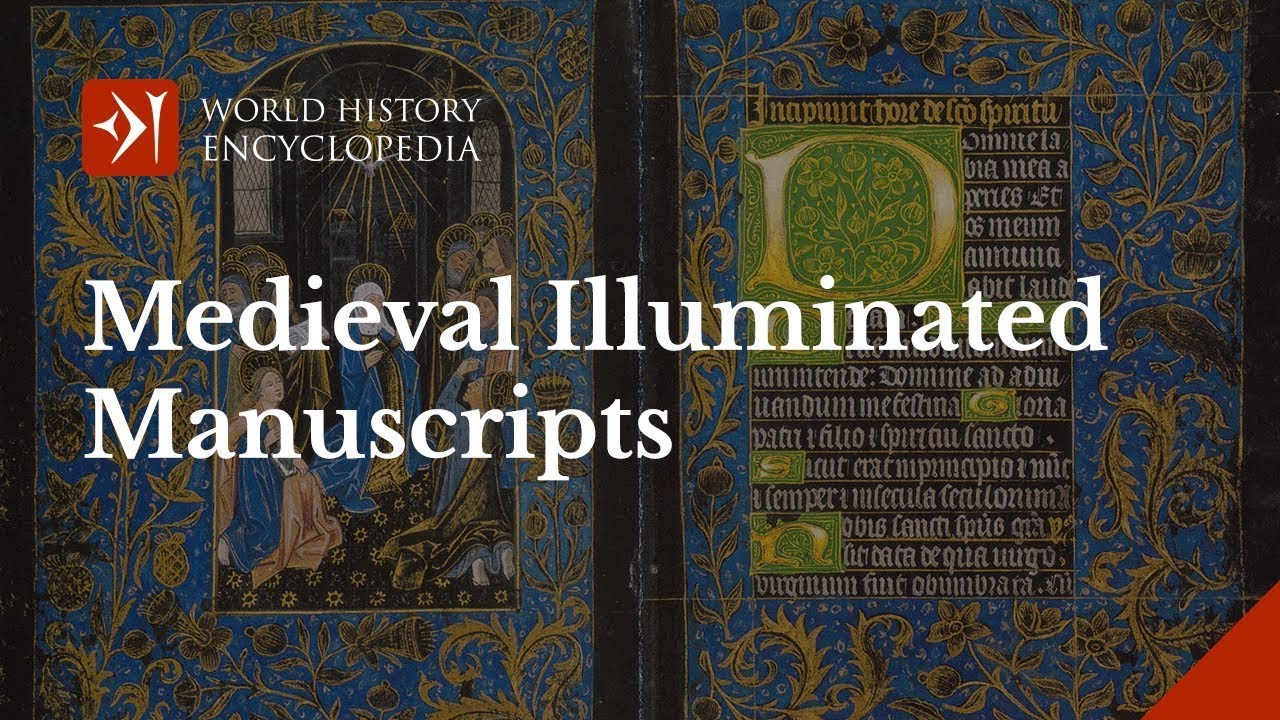
Vernacular Literature: Beowulf | The Early Middle Ages in Western Europe
Britain’s distance from Rome and its failure to become completely Latinized during antiquity allowed it to profit greatly from the double wave of Latin Christian missionaries—Celtic and papal—and so provide the needed stimulus for the Carolingian Latin literary revival.
-
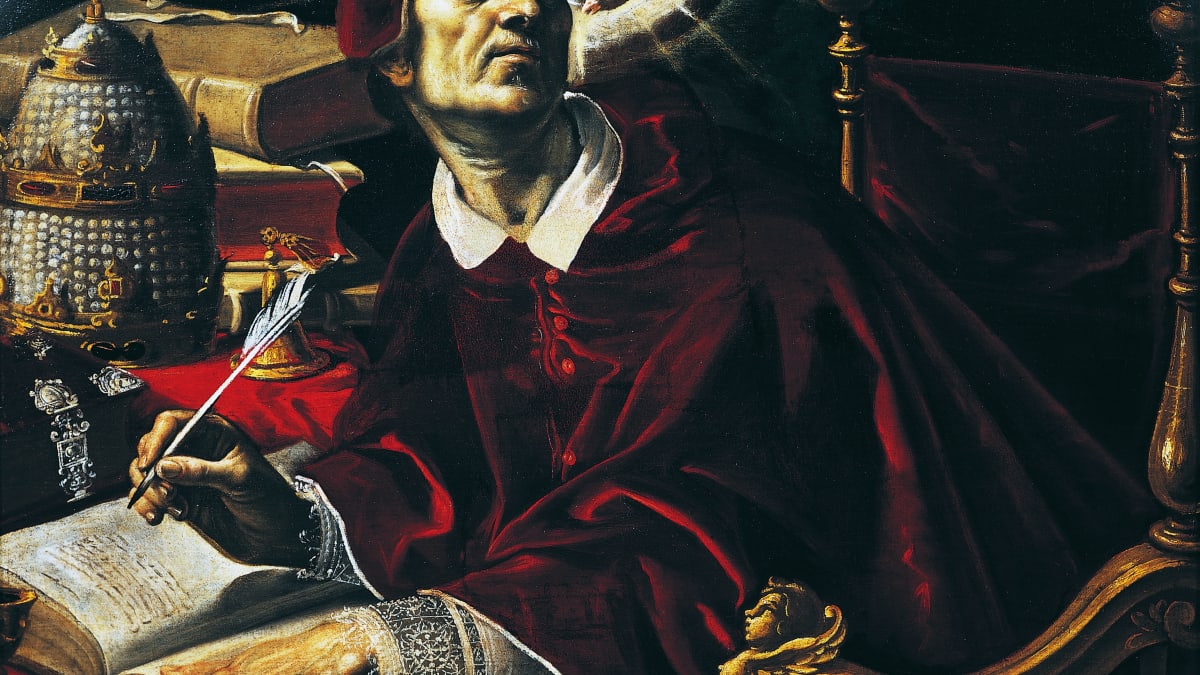
Latin Literature | The Early Middle Ages in Western Europe
It was in Italy that the fight against the loss of the classical heritage was waged most vigorously and most successfully. Under Theodoric (r. 493-526), two distinguished intellectuals combated the general decline: Boethius and Cassiodorus.
-
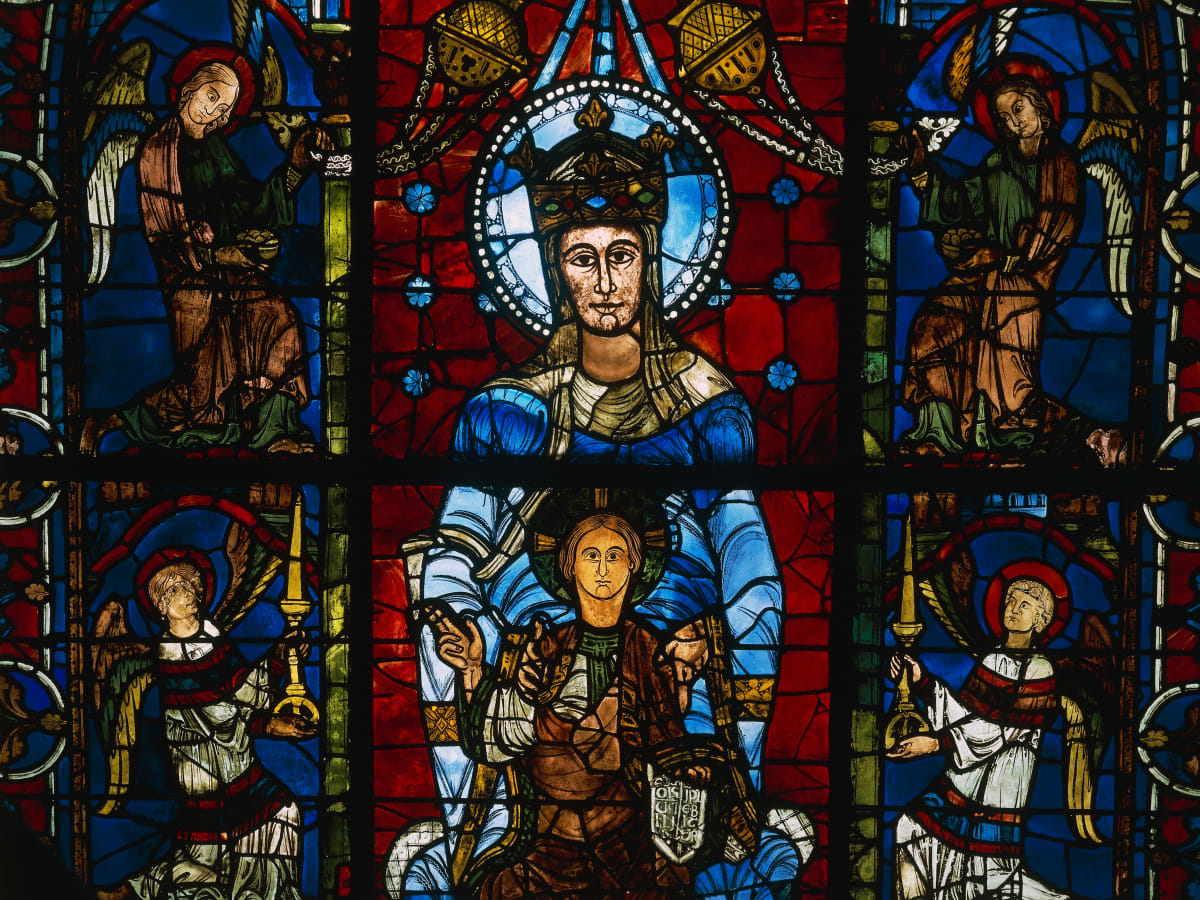
The Civilization of the Early Middle Ages in the West | The Early Middle Ages in Western Europe
Judged by comparison with the achievements of Greek, Hellenistic, or Roman civilizations, or by those of the Byzantine and Muslim East, those of western Europe in these centuries may sometimes seem feeble or primitive. But this is what one would expect in a world where life was often too turbulent to allow much leisure for…
-
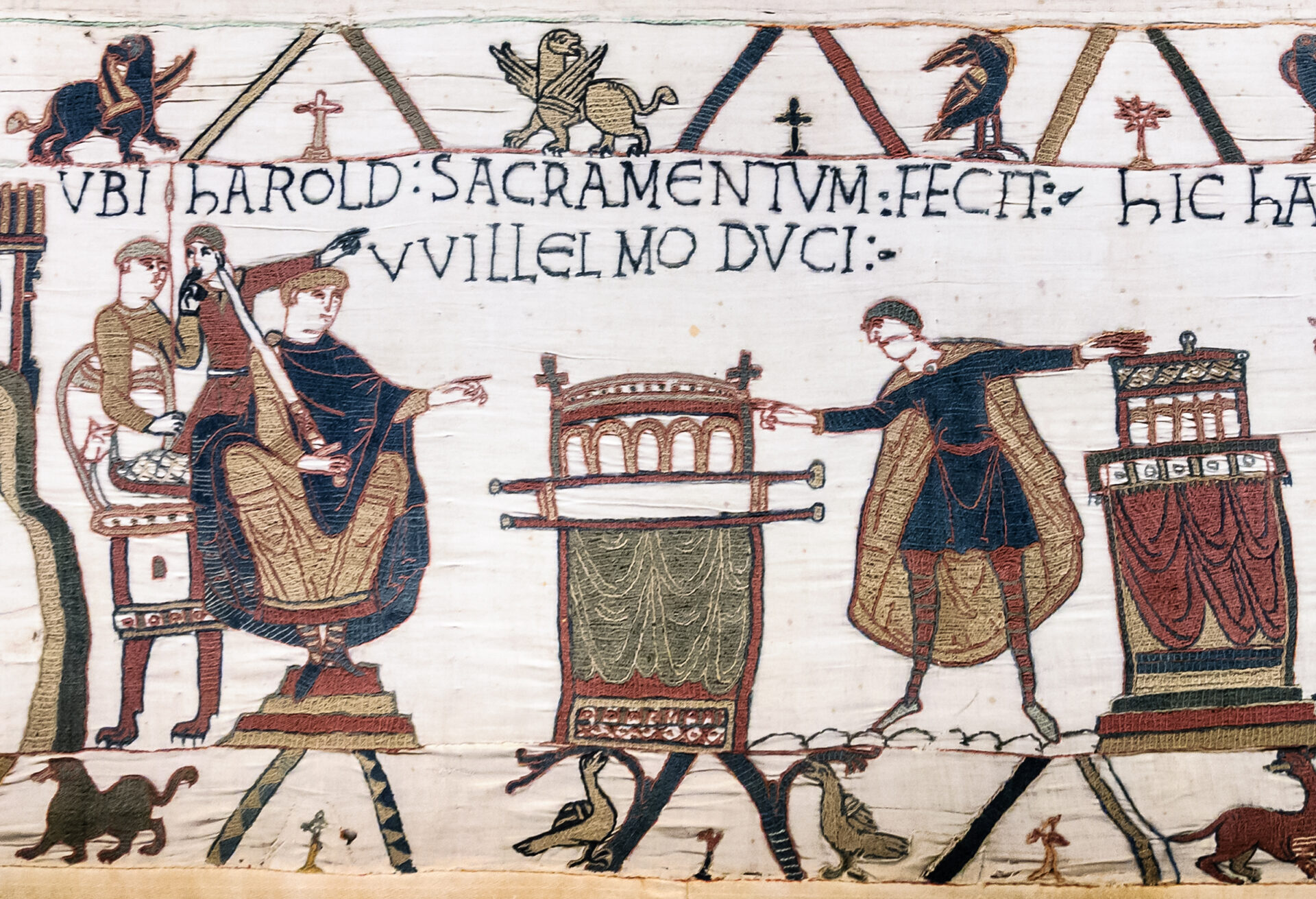
Manorialism | The Early Middle Ages in Western Europe
These complex arrangements directly involved only the governing class who fought on horseback as mounted knights and whose fiefs consisted of landed property known as manors or estates. Even if we include their dependents, the total would hardly reach 10 percent of the population of Europe. Most of the other 90 percent of the people…
-
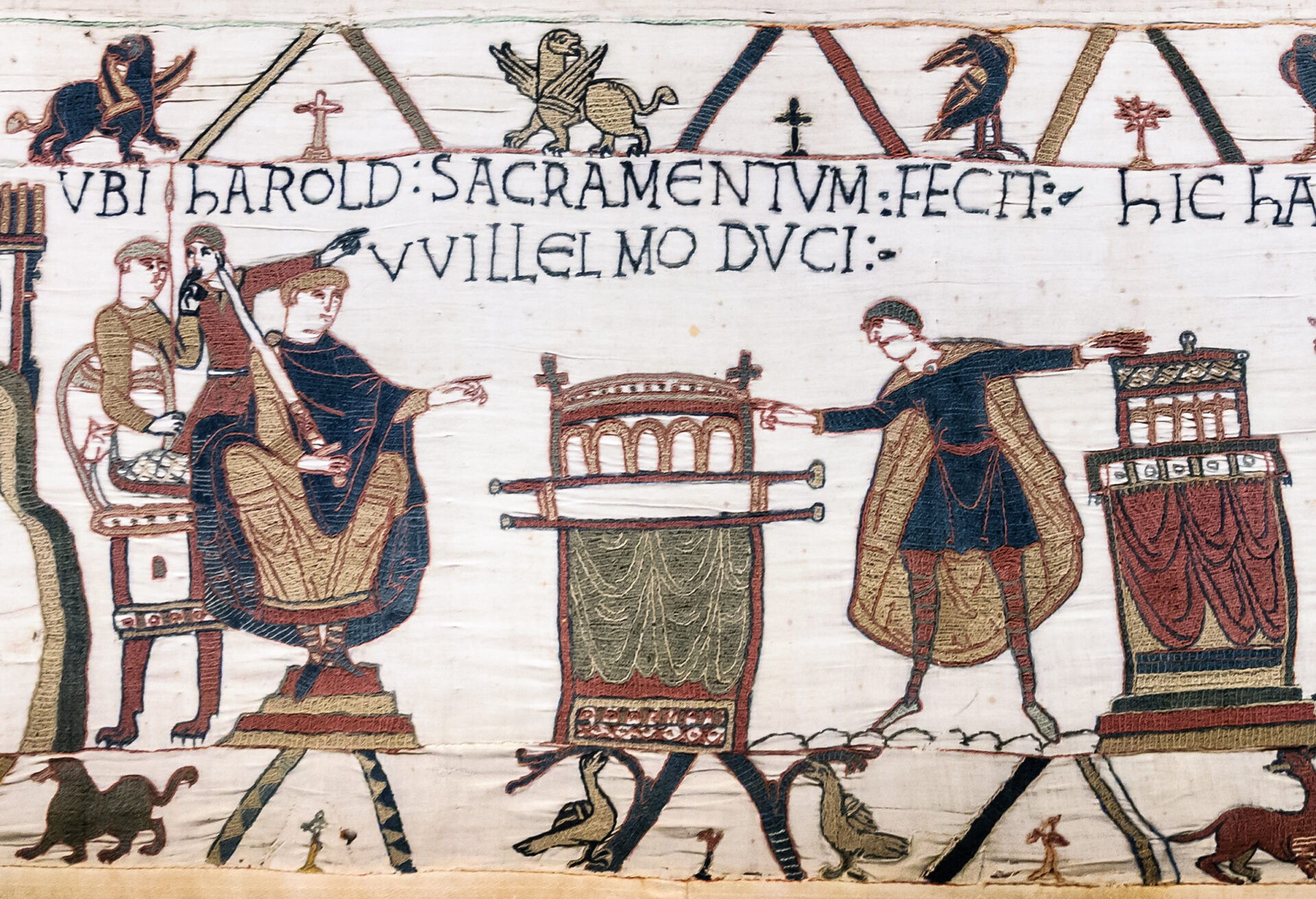
Vassals and Lords | The Early Middle Ages in Western Europe
Feudal practices varied from place to place and developed and altered with the passage of time. Nonetheless, certain general conceptions were accepted almost everywhere. One of the most significant was that of a feudal contract. The lord owed something to the vassal, just as the vassal owed something to the lord. When they entered into…
-
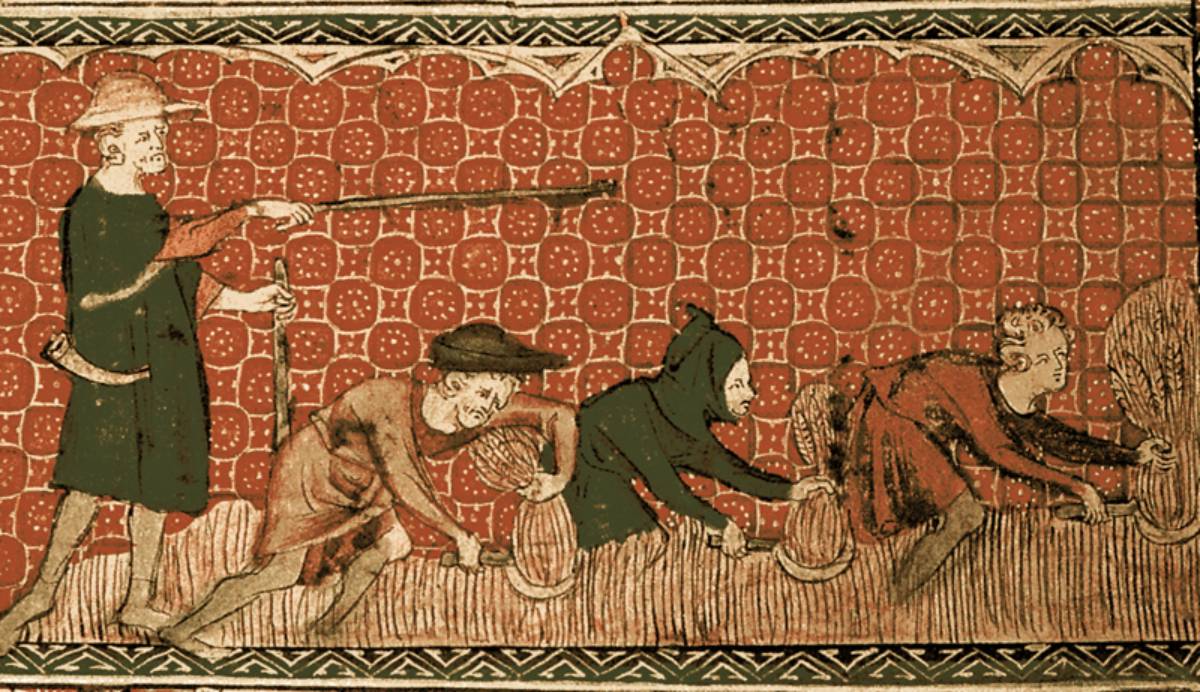
Feudalism: The Rulers | The Early Middle Ages in Western Europe
To these widely varying social and political combinations scholars give the name feudalism. Feudal institutions were the arrangements that made survival possible during the early Middle Ages. The arrangements were made between important people who were concerned with maintaining order, though the customs that evolved also applied to the masses of population. One of the…
-
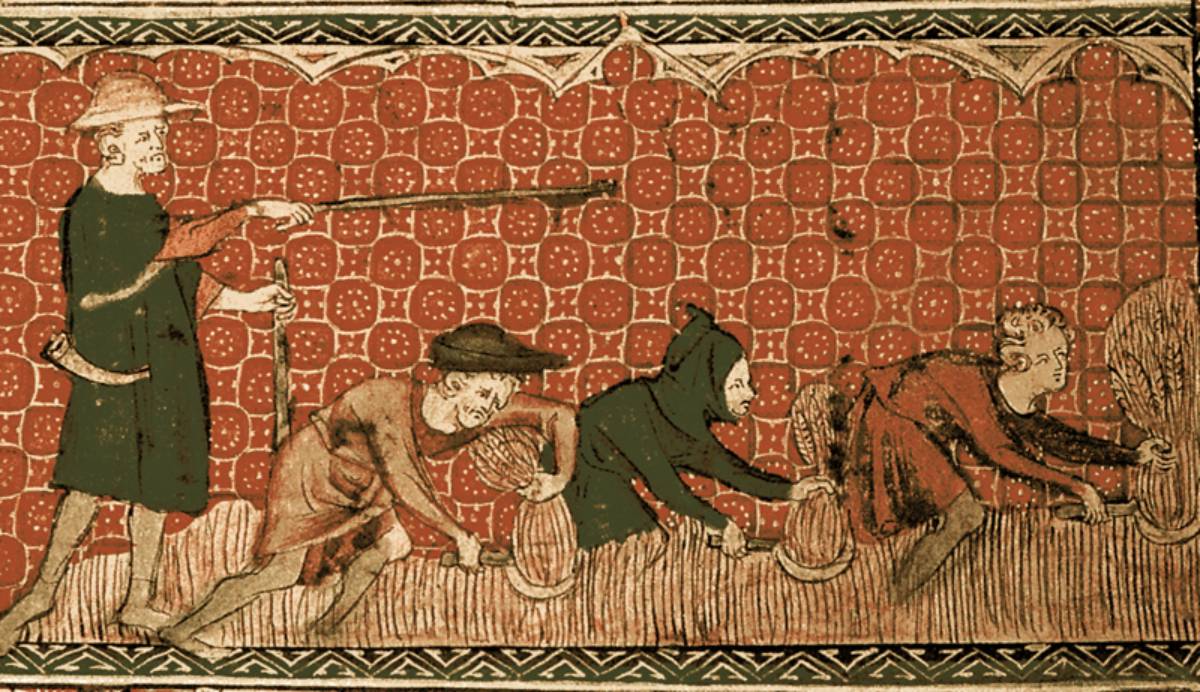
Feudal Europe | The Early Middle Ages in Western Europe
It is all very well to speak of relative anarchy before and after Charlemagne, but what was anarchy like and how were human relations governed? Did everyone just slaughter everyone else indiscriminately? What were the rules that enabled life to go on, however harshly?
-

Europe about 1000 | The Early Middle Ages in Western Europe
By about the year 1000 England was a centralized monarchy; France was nominally ruled by an elected king who was feebler than his great supporters; Germany was divided into duchies, one of which, Saxony, had asserted its supremacy and claimed the old imperial title; and Italy still remained anarchic, although the papacy had begun to…
-

The Saxon Empire, 911-996 | The Early Middle Ages in Western Europe
By the end of the ninth century, Carolingian power in the German territories had almost disappeared in the face of challenges by ambitious local magnates and threats from Norsemen, Slays, and the Magyars. Their predecessors, the Huns and Avars, had vanished, but the Magyars stayed, forming the nucleus of a Hungarian state. The Hungarian language…
-
The Anglo-Saxon Kingdoms and the Danes, 871-1035 | The Early Middle Ages in Western Europe
In England, savage Danish attacks on the northern and eastern shores soon led to settlement. The chief barrier to the Danes was the Anglo-Saxon kingdom of Wessex under Alfred the Great (r. 871-899). Although Alfred defeated the Danes, he had to concede the whole northeast of England to them, a region thereafter called the Danelaw.…
-
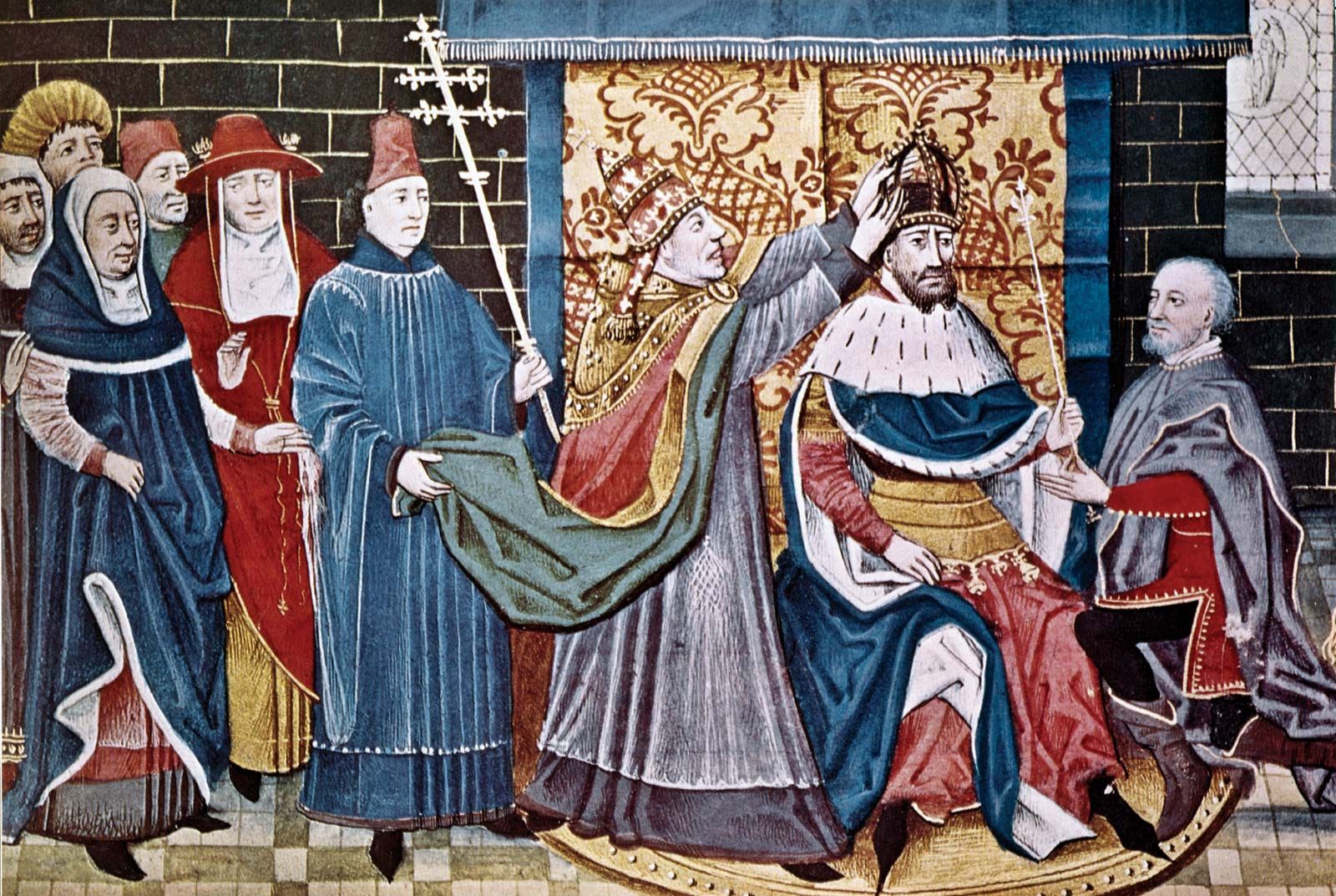
After Charlemagne: The Northmen | The Early Middle Ages in Western Europe
Charlemagne’s conquests in Germany had for the first time brought the home ground of many of the barbarians into Christendom. Still outside lay Scandinavia, from whose shores there began in the ninth century a new wave of invasions that hit Britain and the western parts of the Frankish lands with savage force. The Northmen conducted…
-
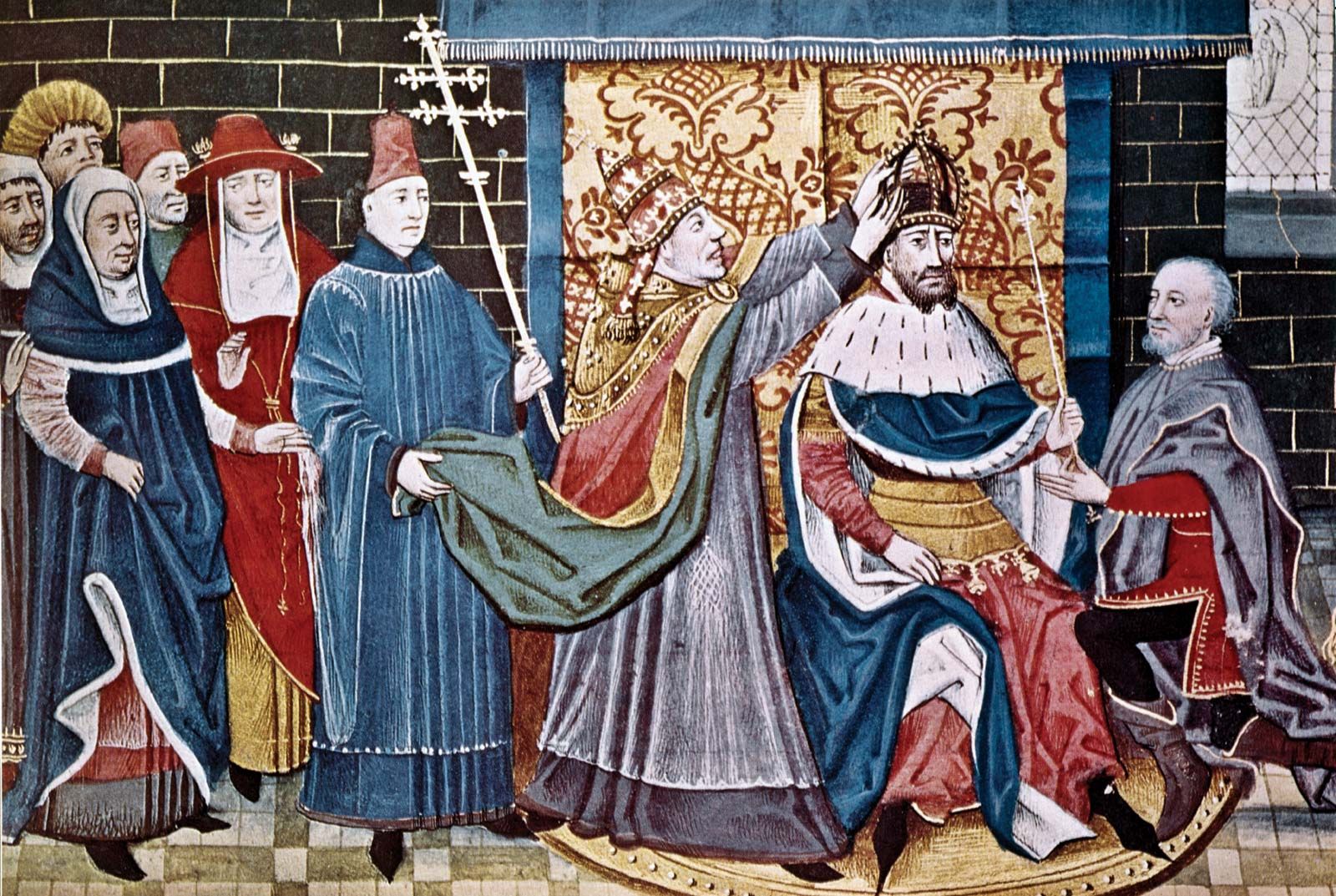
Charlemagne and the Revival of Empire, 768-814 | The Early Middle Ages in Western Europe
Charlemagne (r. 768-814) was a vigorous, lusty, intelligent man who loved hunting, women, and war. All his life he wore Frankish costume and thought of himself as a Frankish chieftain. Although he could read, he could never teach himself how to write; he spoke Latin, however, and understood some Greek. A great conqueror, Charlemagne crossed…
-
Italy from Theodoric to Pepin, 527-768 | The Early Middle Ages in Western Europe
Soon after the death of Theodoric, the great Eastern emperor Justinian (r. 527-565) launched from Constantinople an ambitious effort to reconquer the major areas of the West that had been lost to the barbarians. The imperial forces tackled the Vandals in North Africa in 533, and then invaded Italy from Carthage via Sicily. For almost…
-
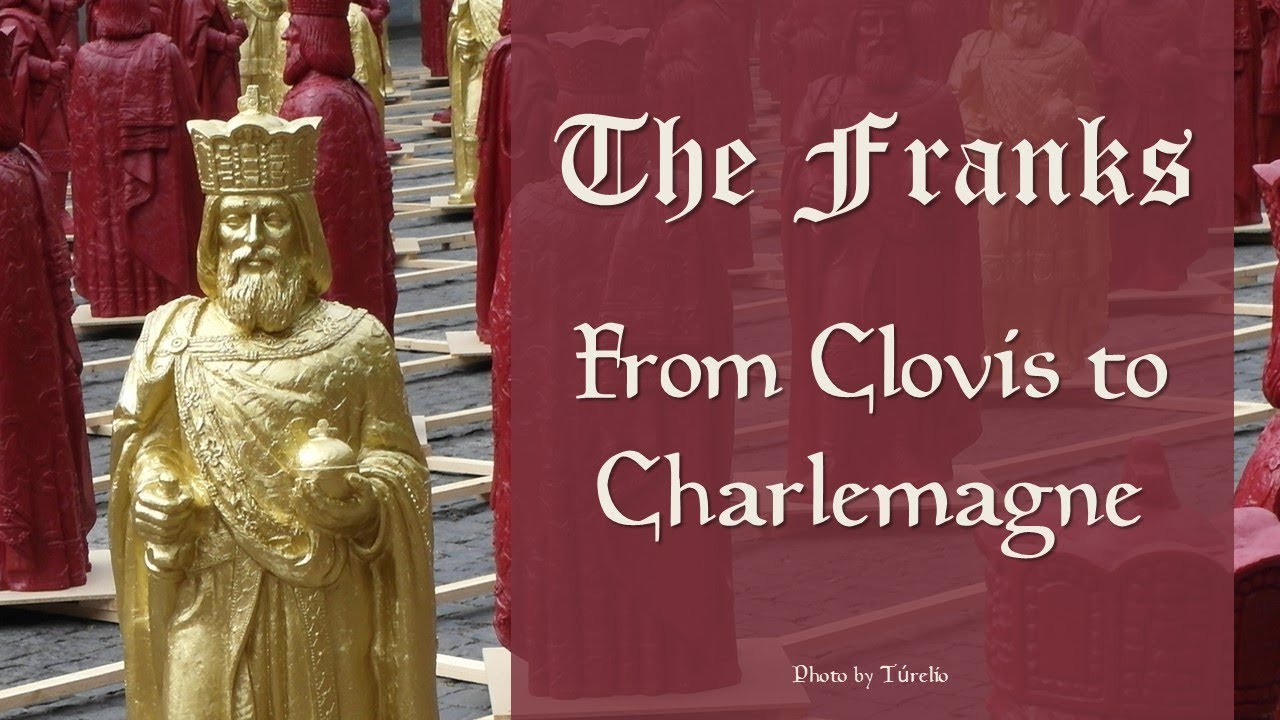
The Franks: The Building of an Empire | The Early Middle Ages in Western Europe
The Franks engaged in no long migrations, expanding gradually west and south from their territory along the lower Rhine until eventually they were to create an empire that would include most of western Europe except for the Iberian peninsula and the British isles. Clovis (r. 481-511), a descendant of the house of Merevig or Merovech…
-
Huns, Ostrogoths, 451-526 | The Early Middle Ages in Western Europe
Not only the Germanic peoples but also the central Asian Huns participated in the onslaught on Roman territories. Early in the fifth century the Huns conquered much of central and eastern Europe. Under their domination lived a large collection of German tribes. The Hunnic rulers also extracted tribute money from the Roman emperors of the…
A History of Civilization
